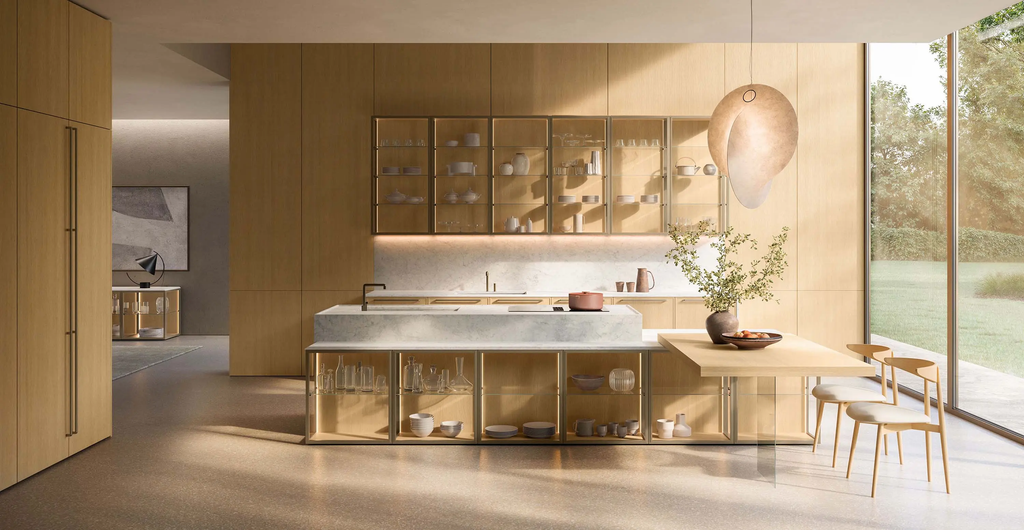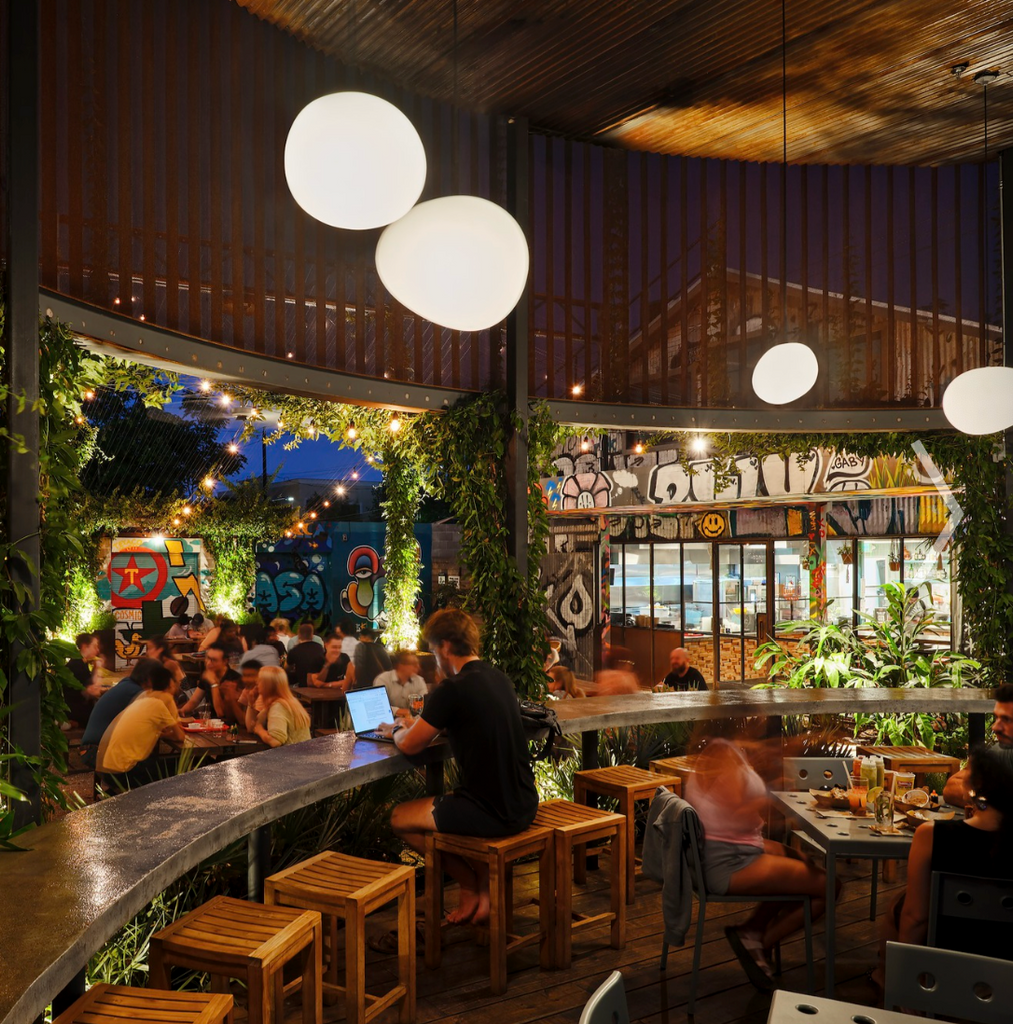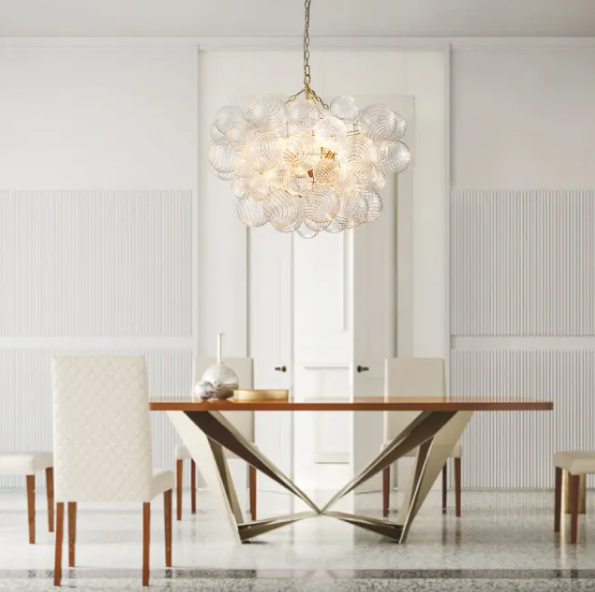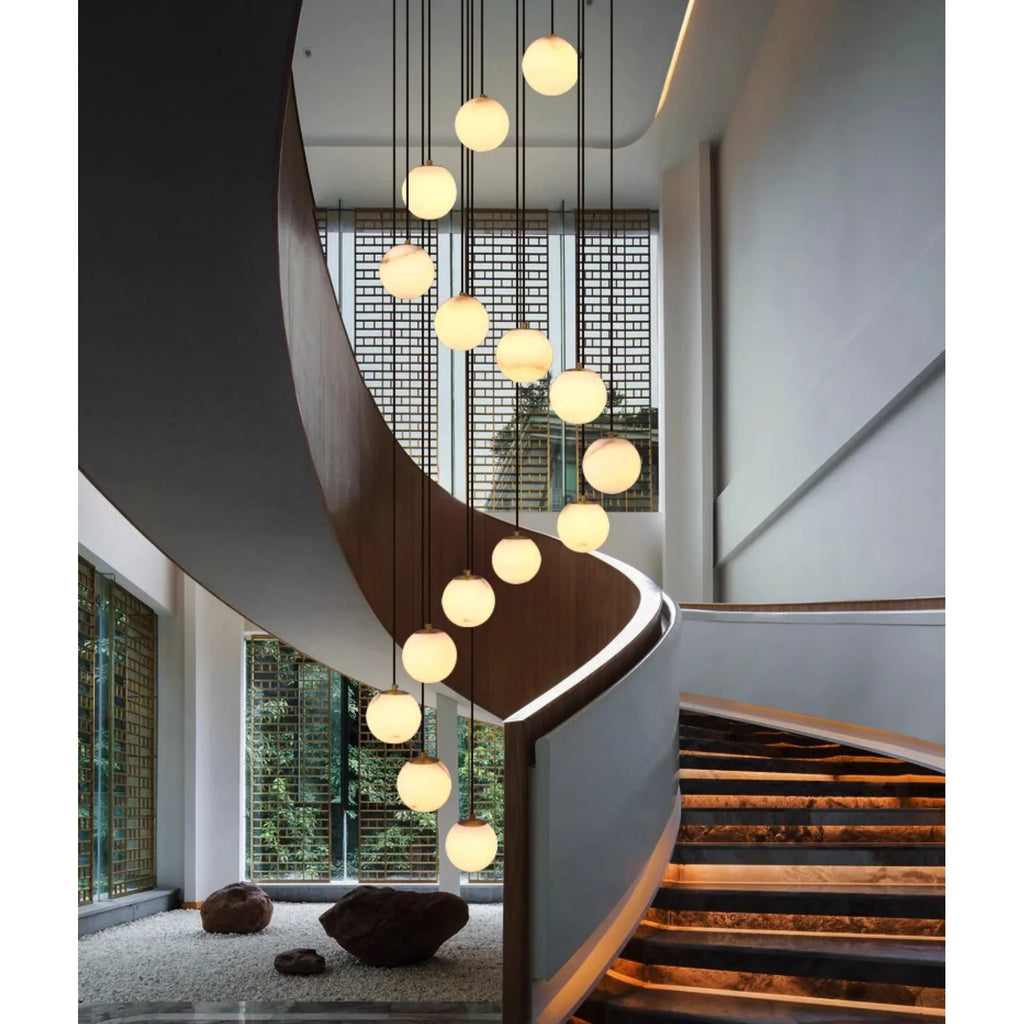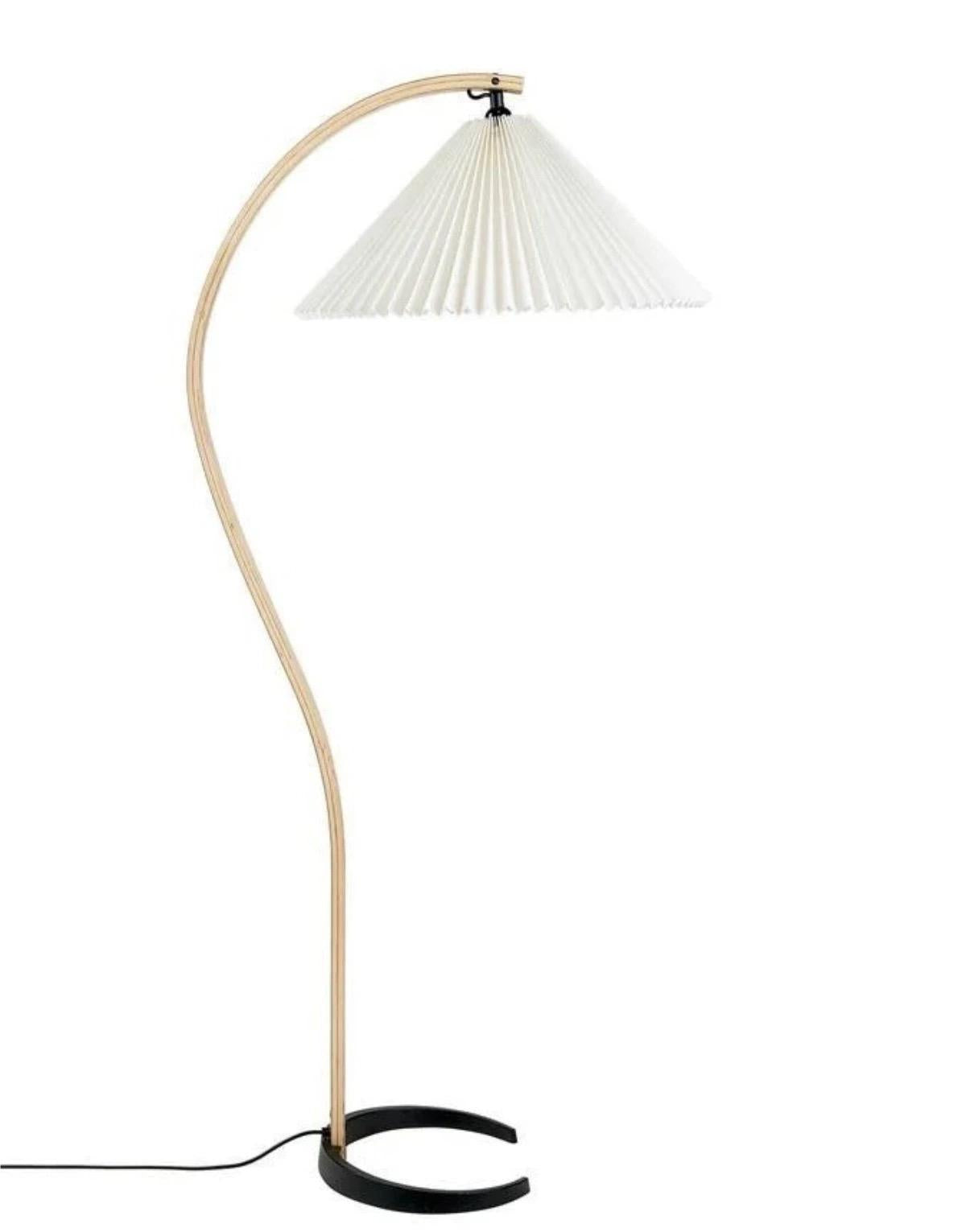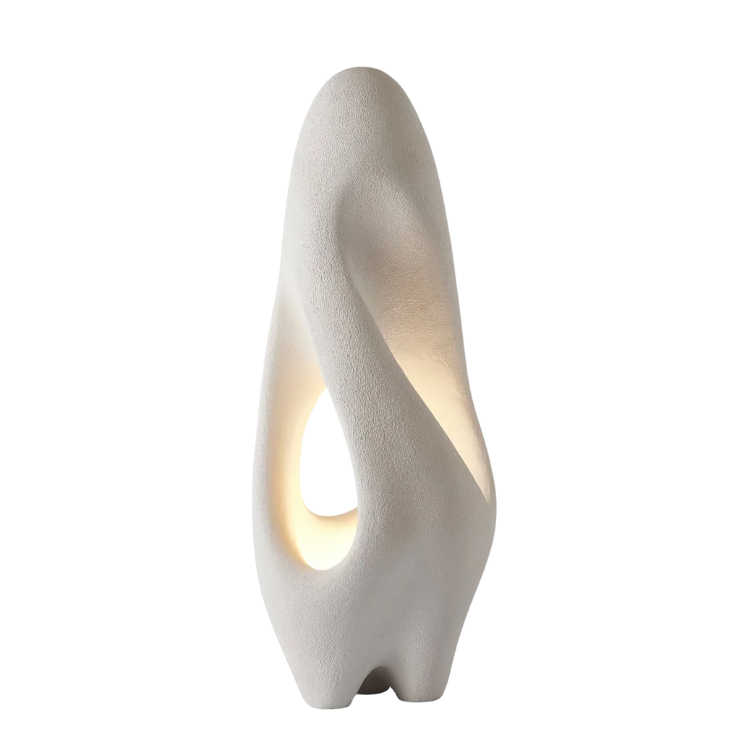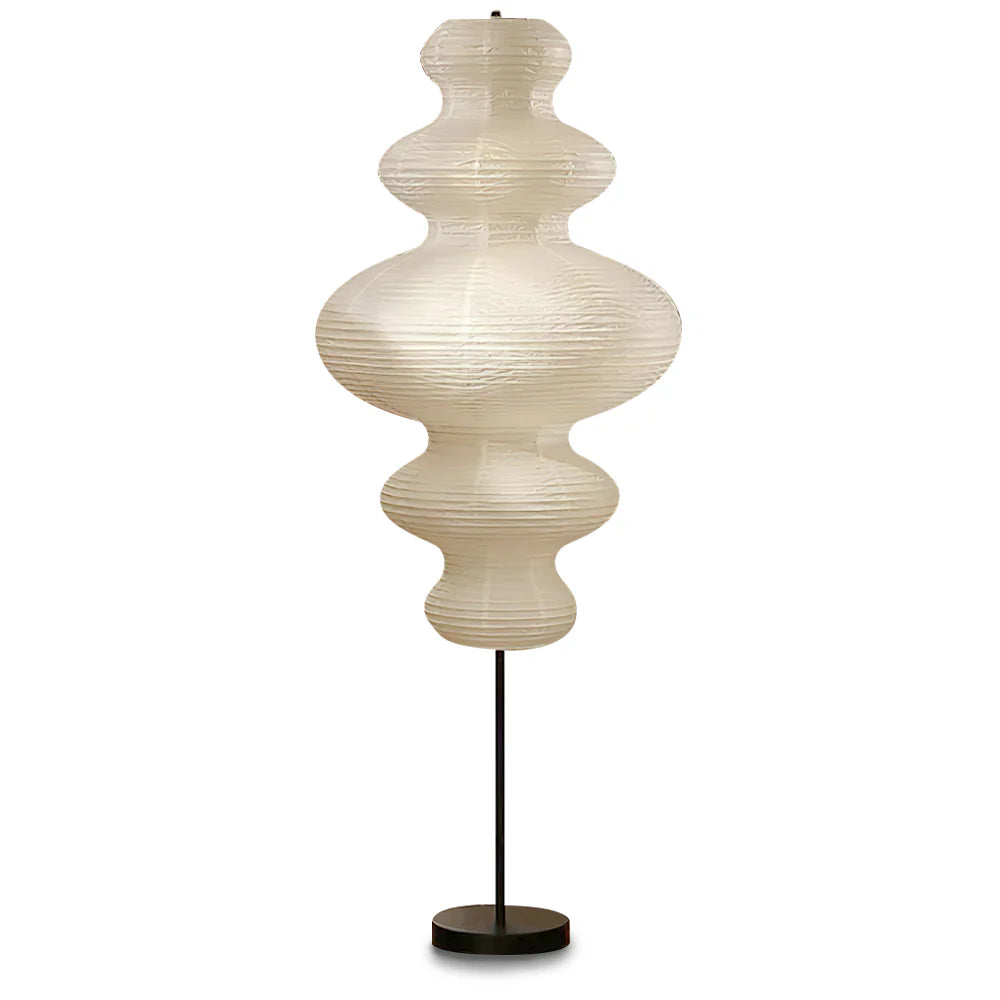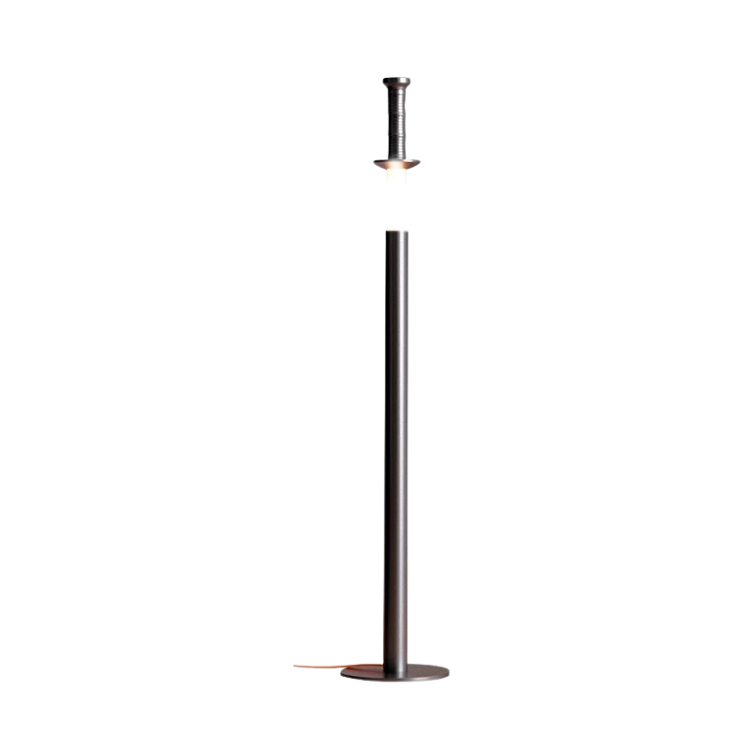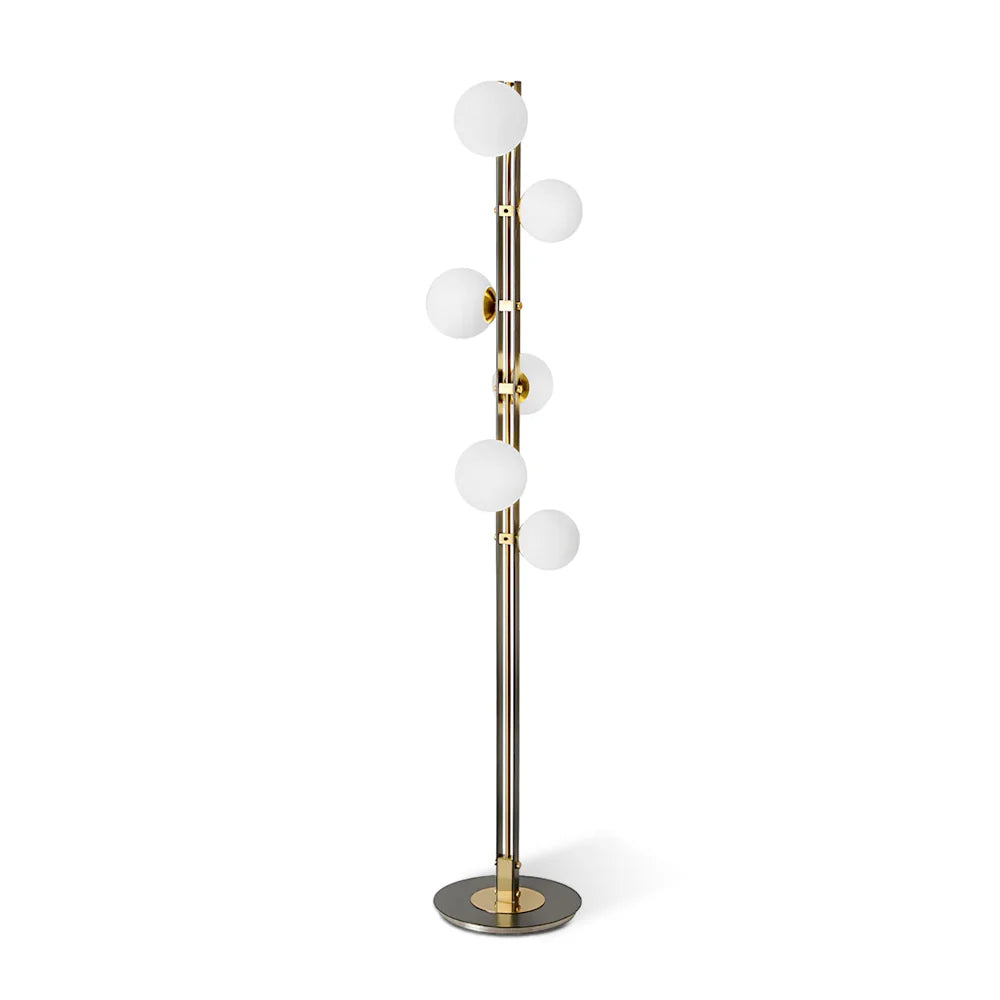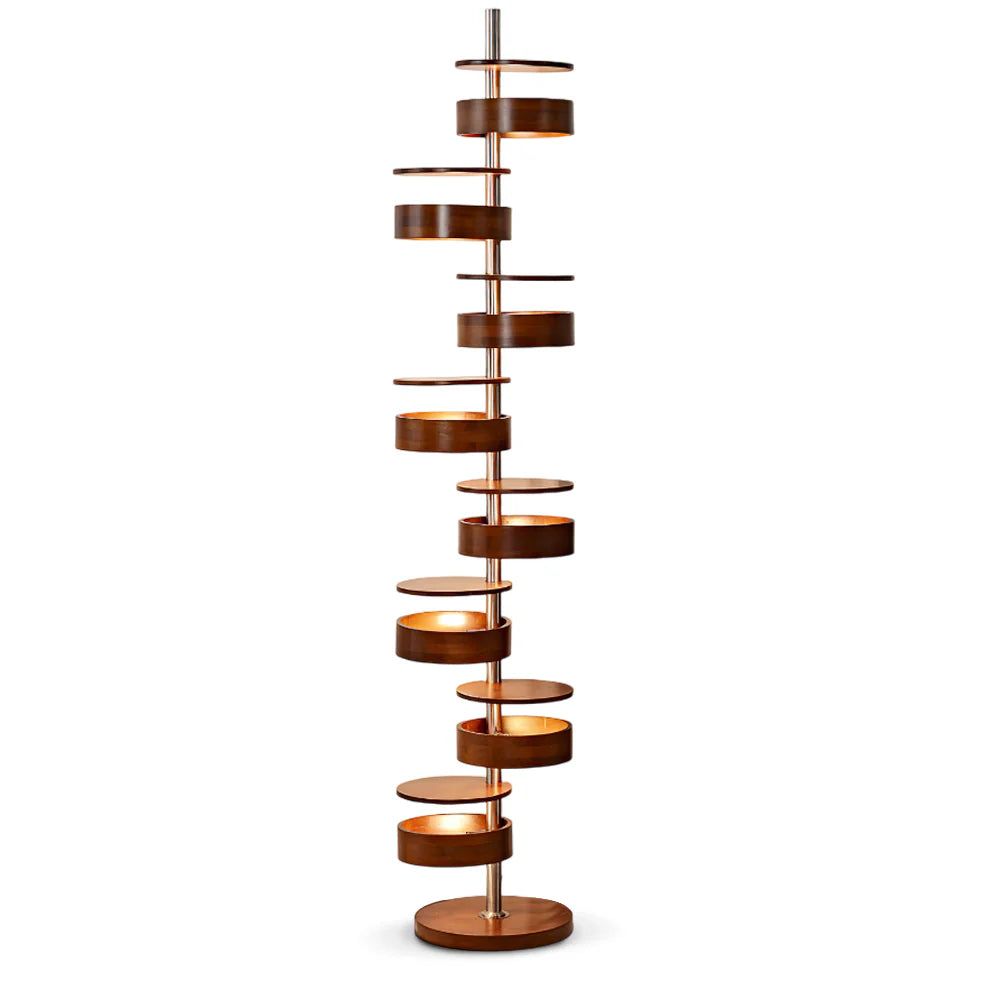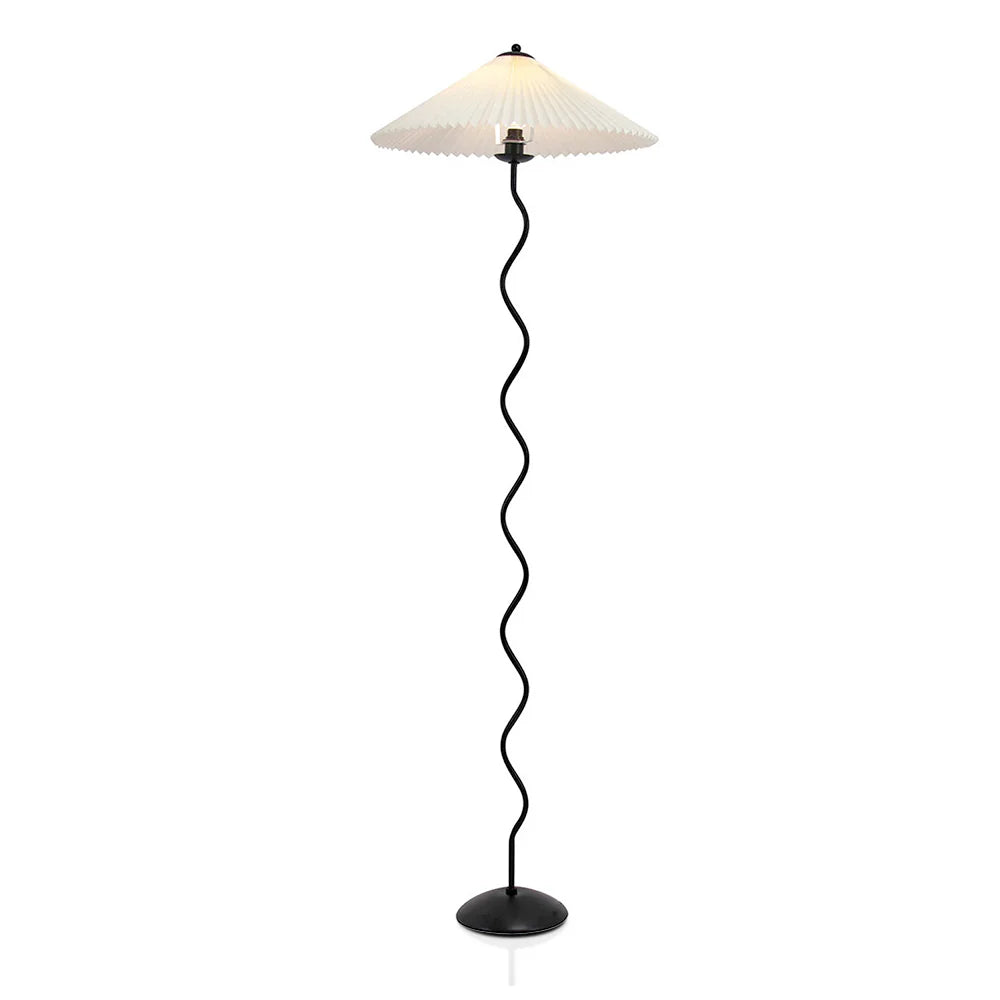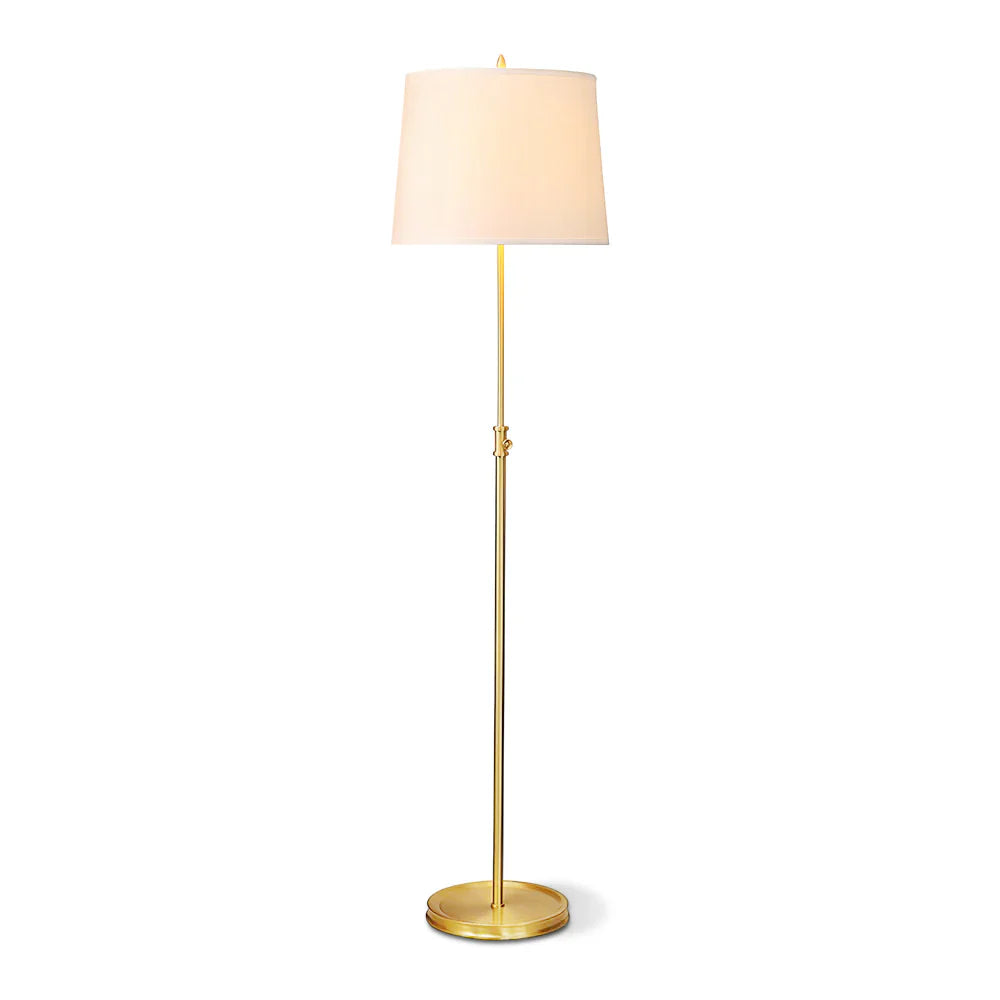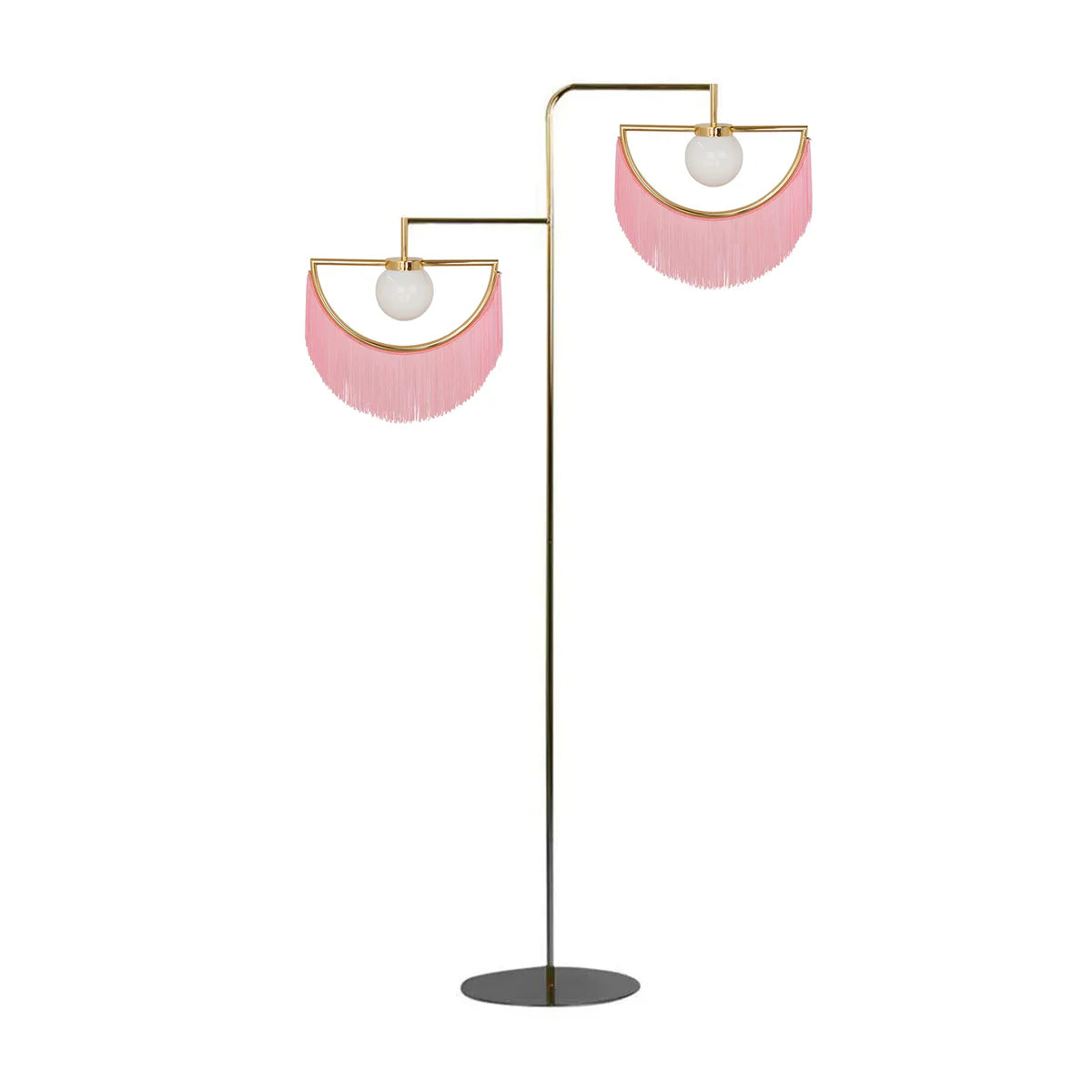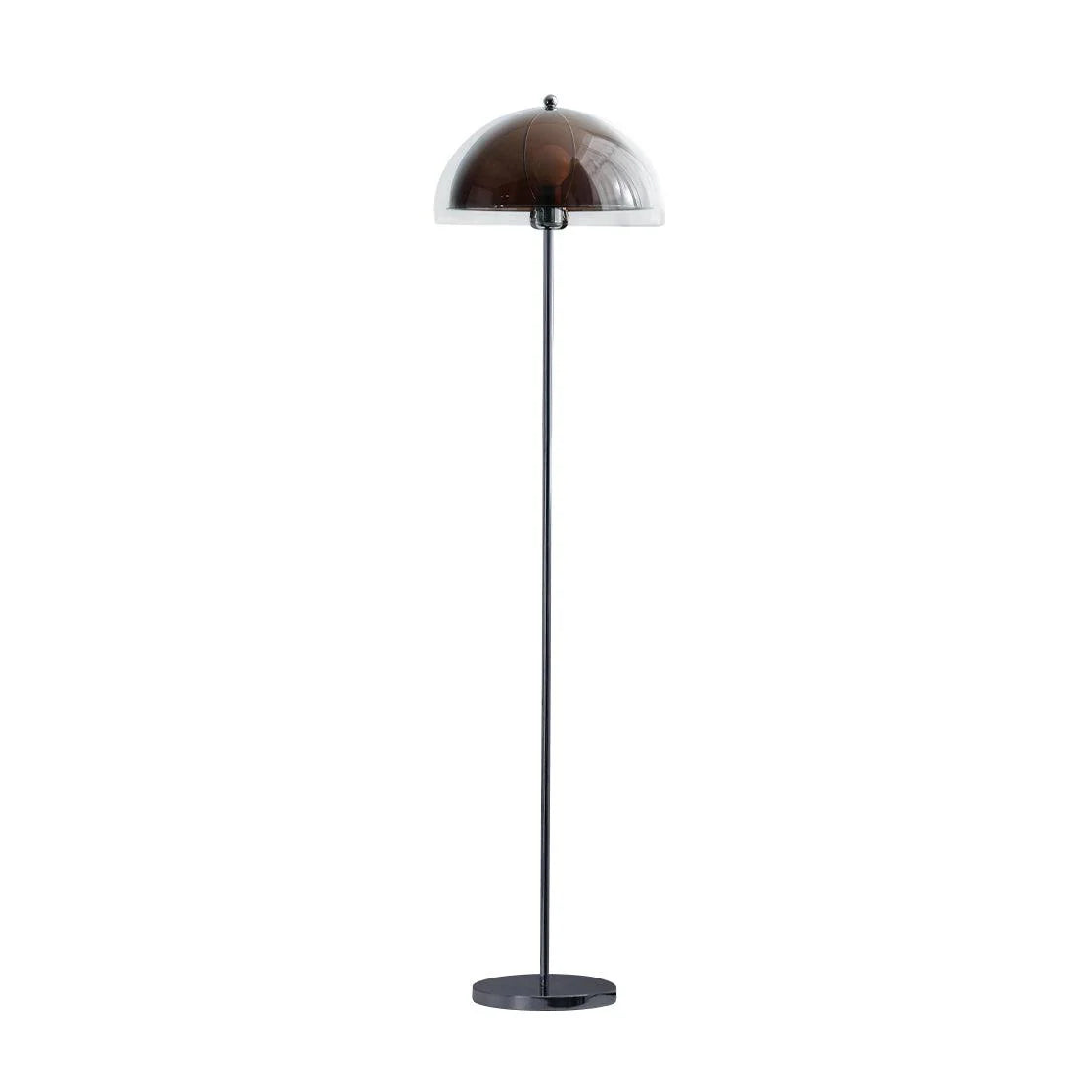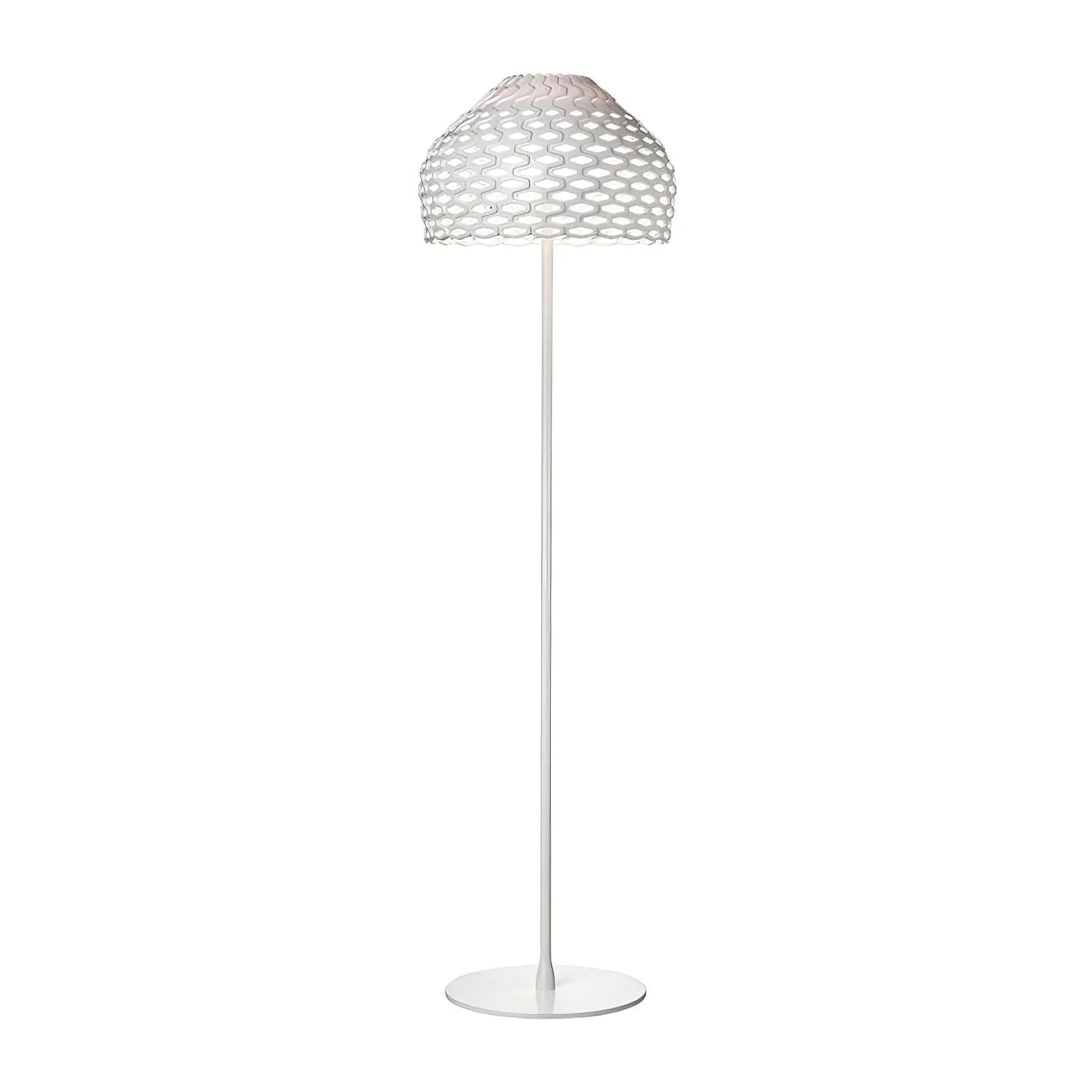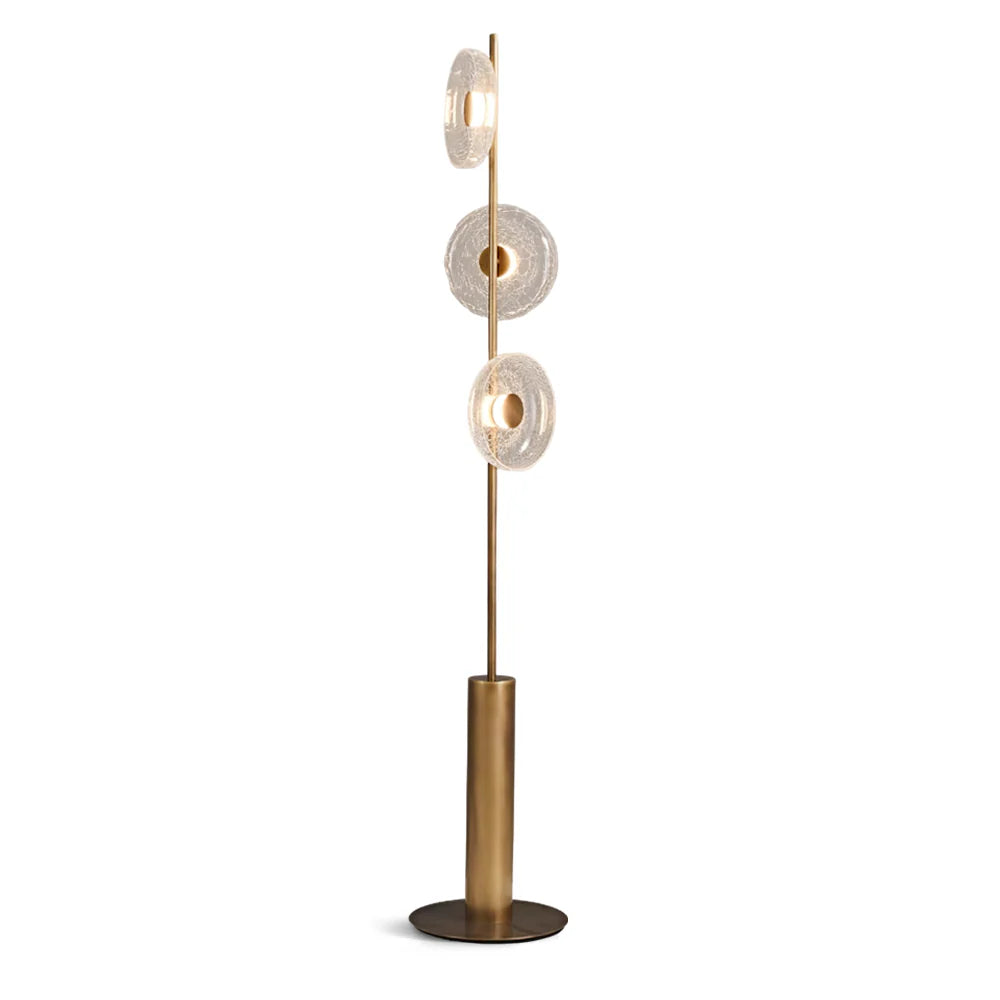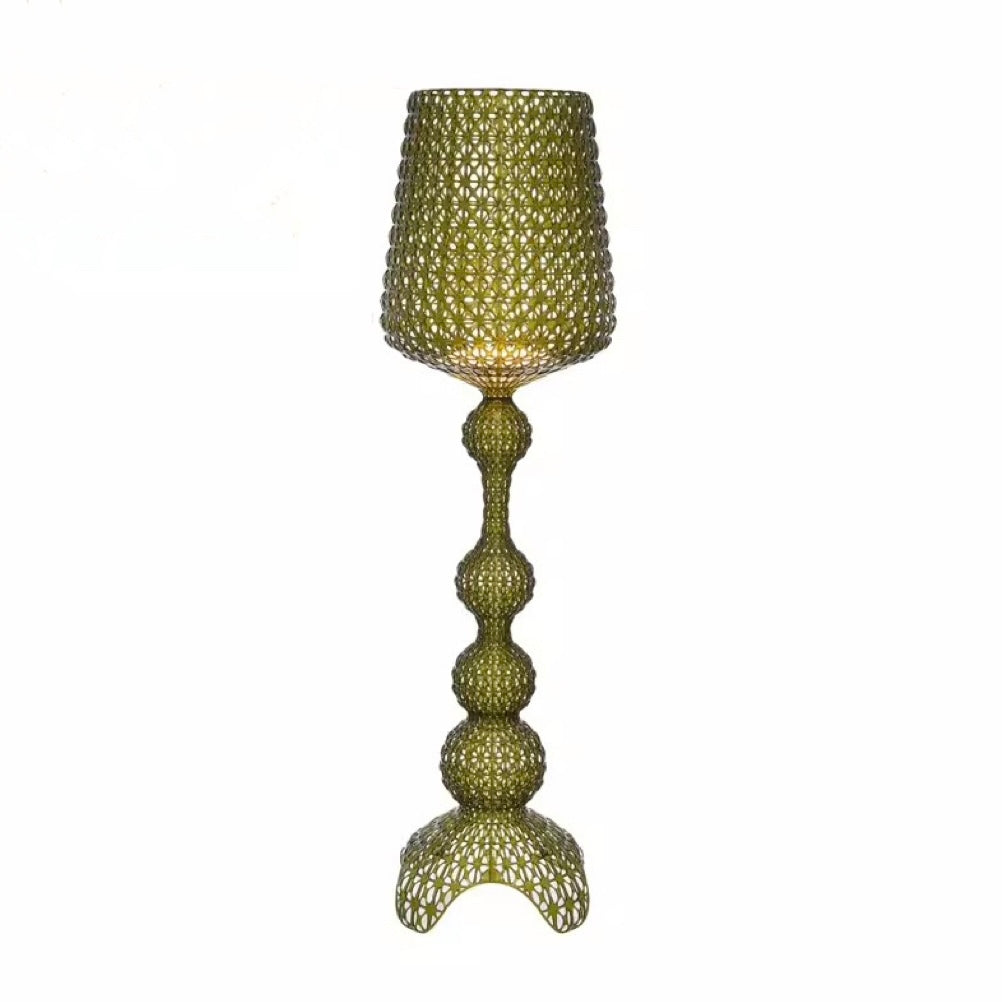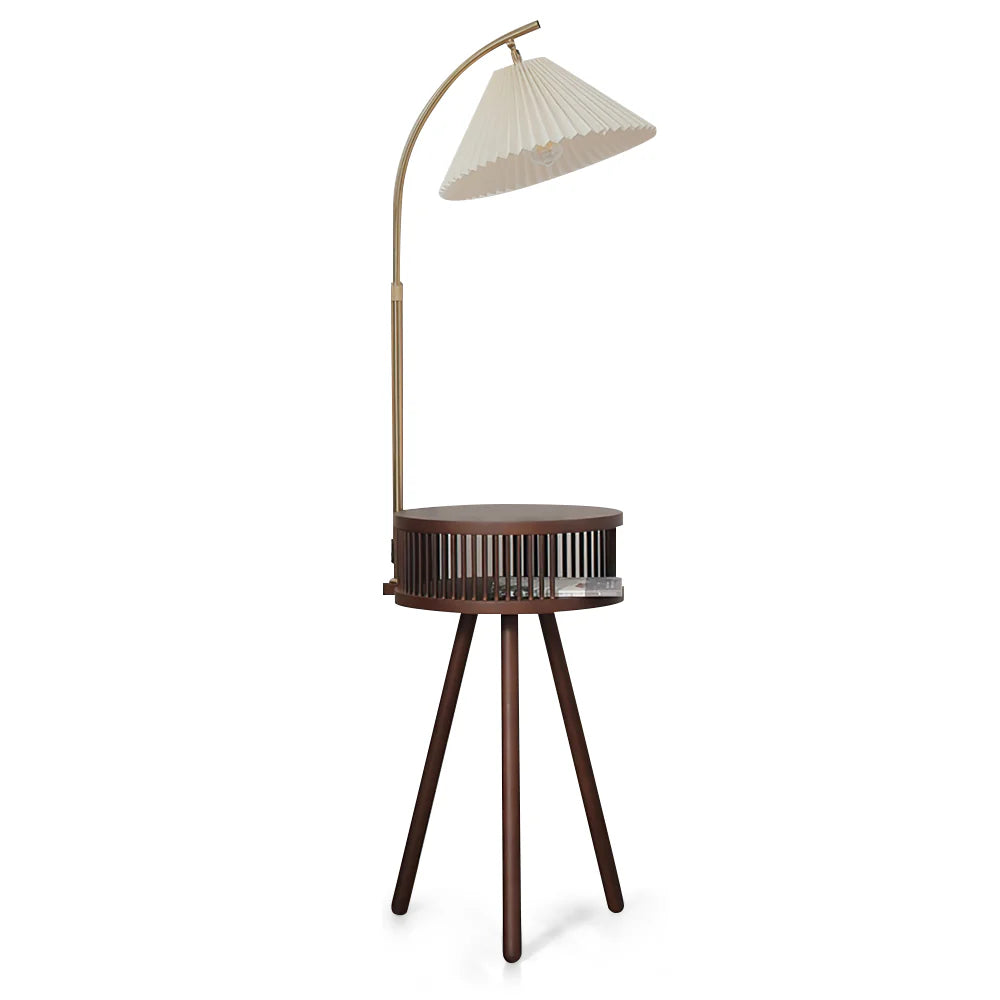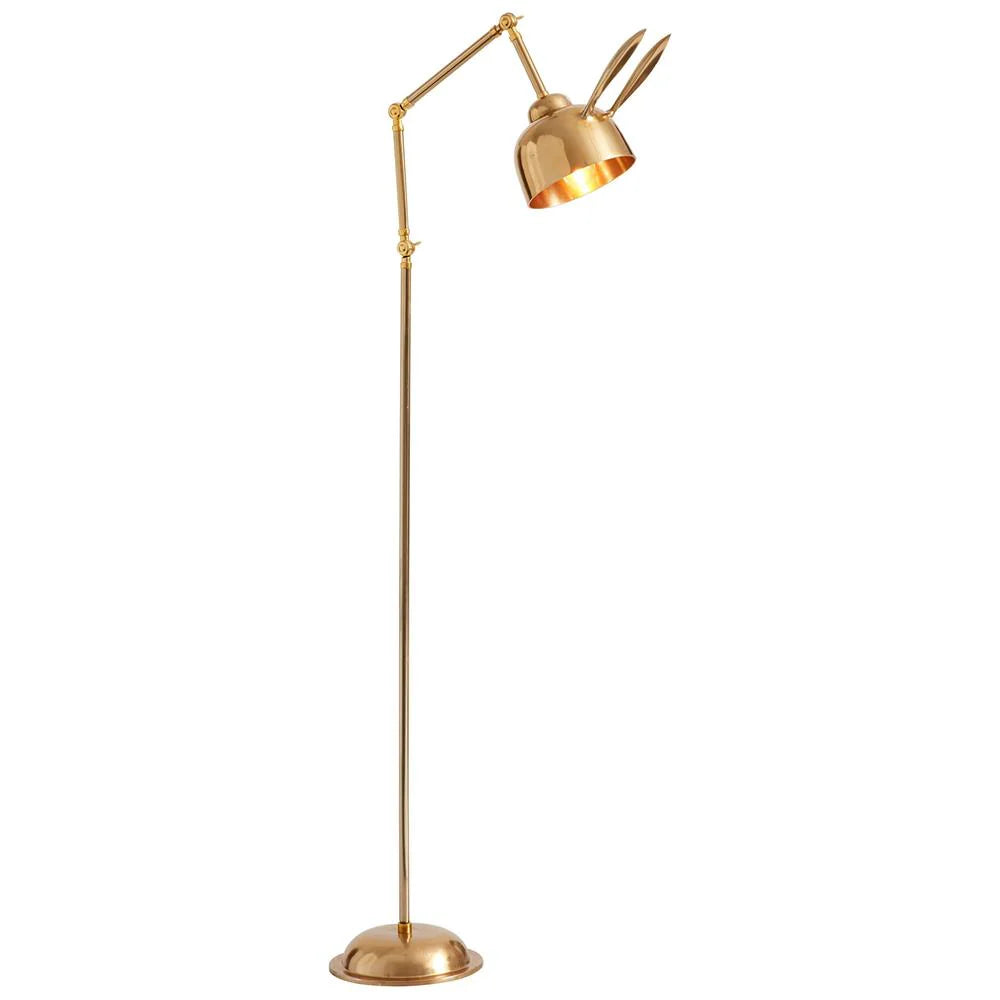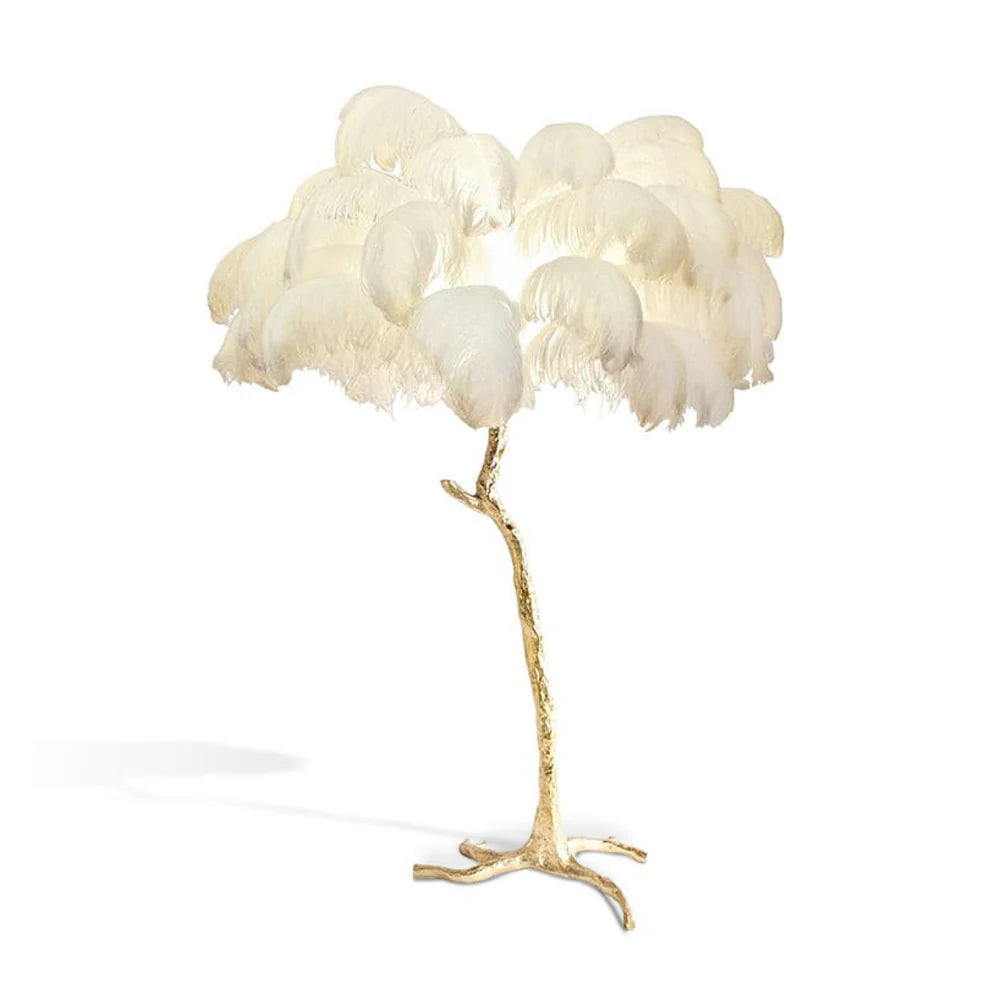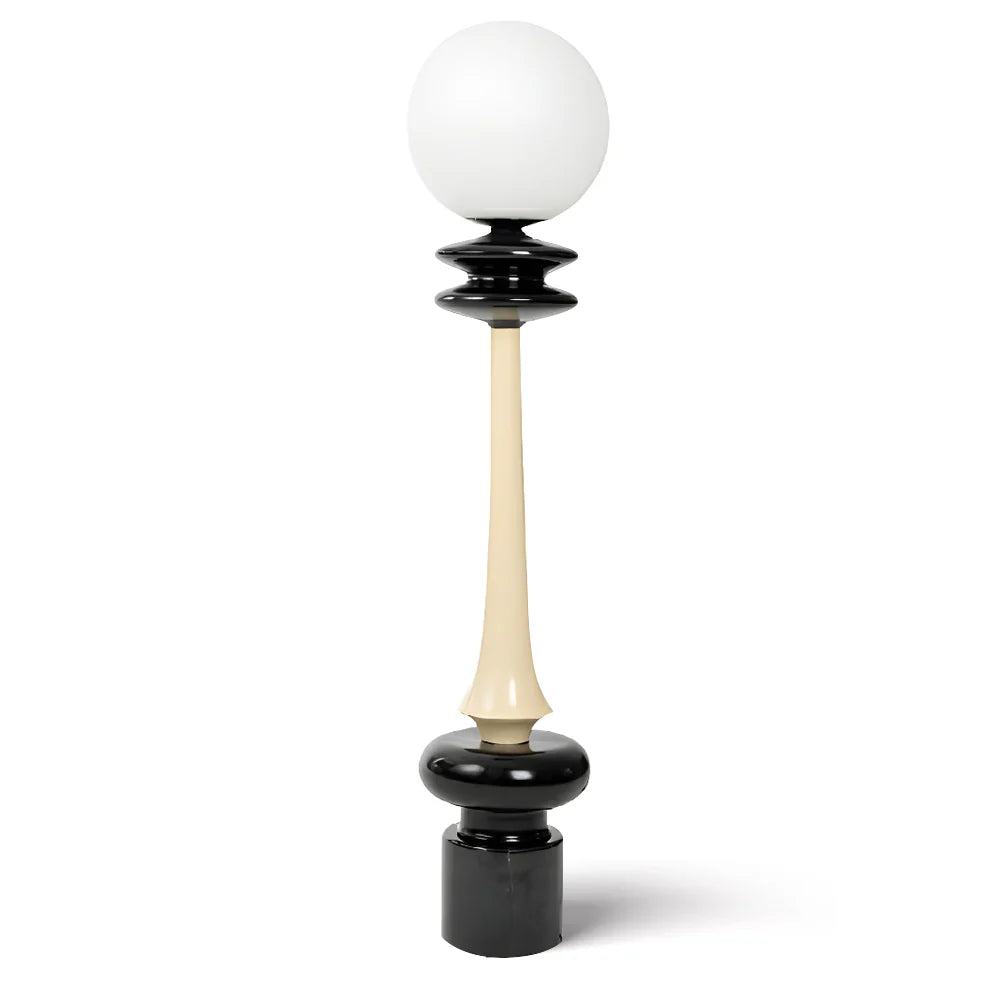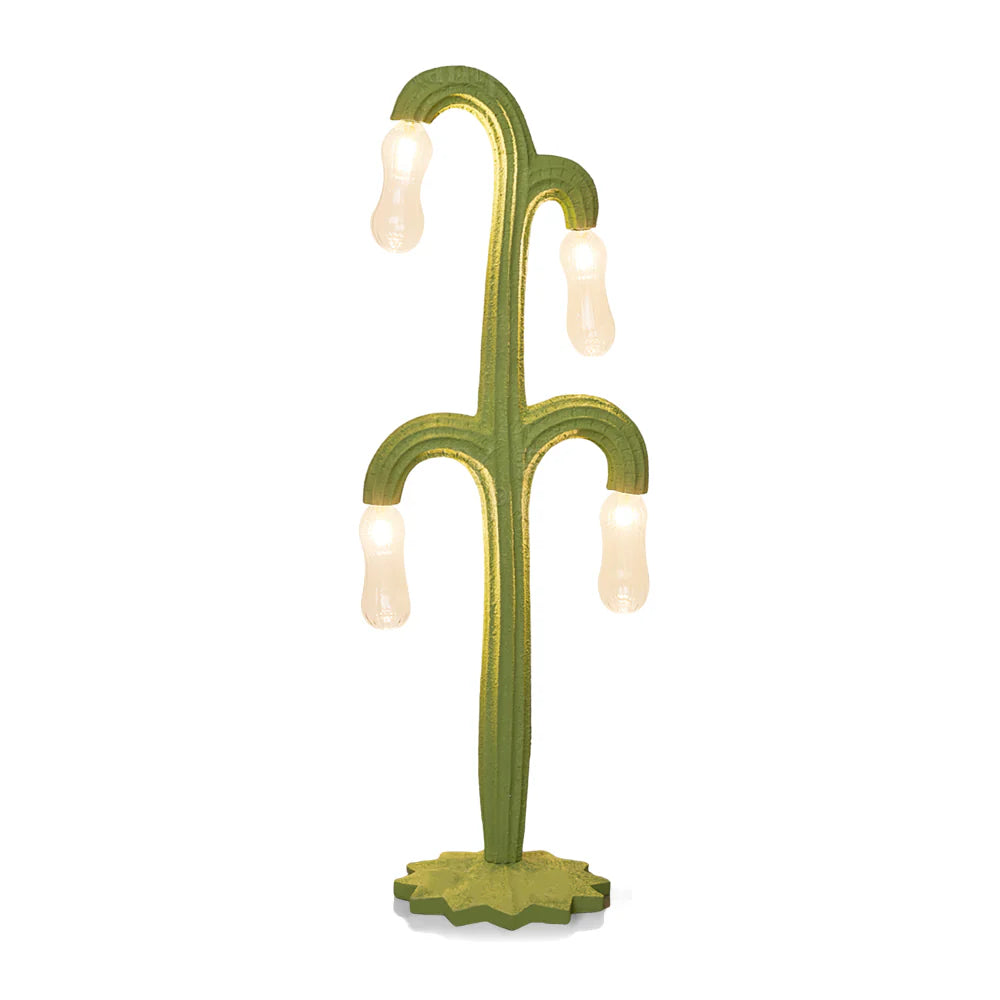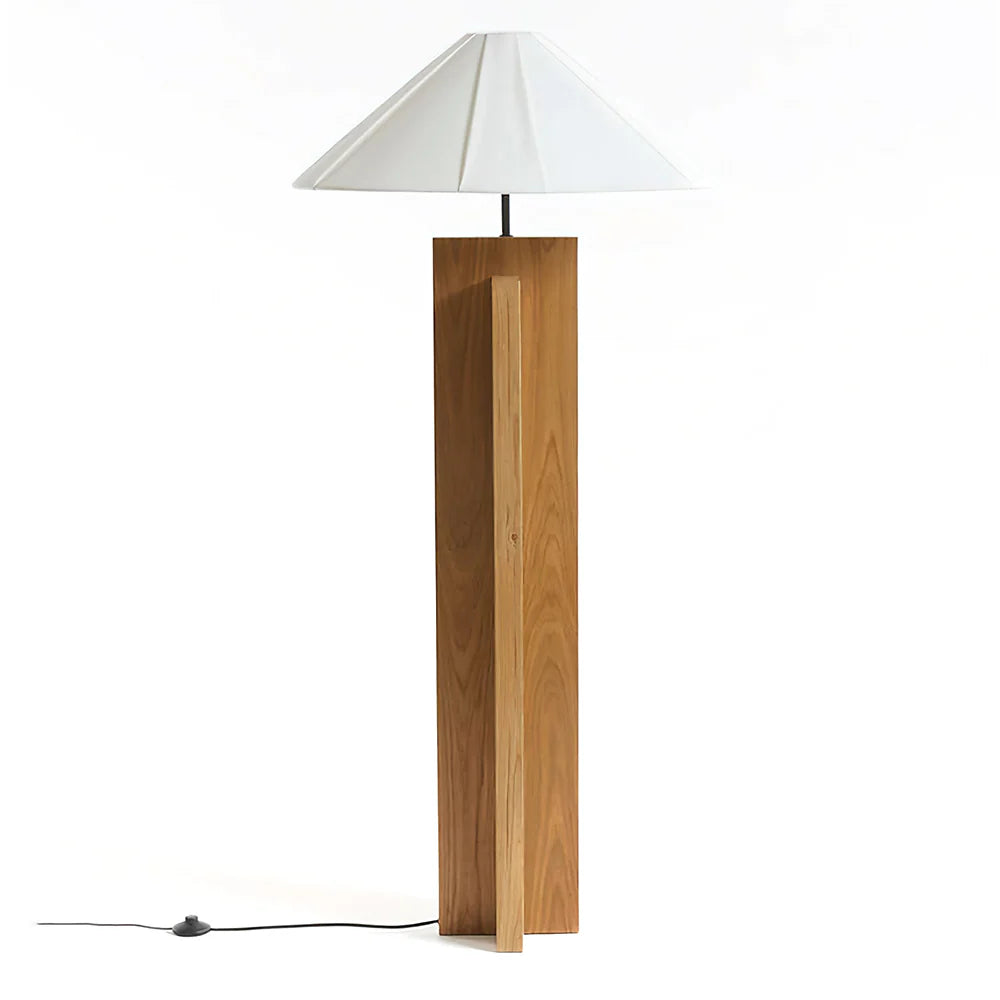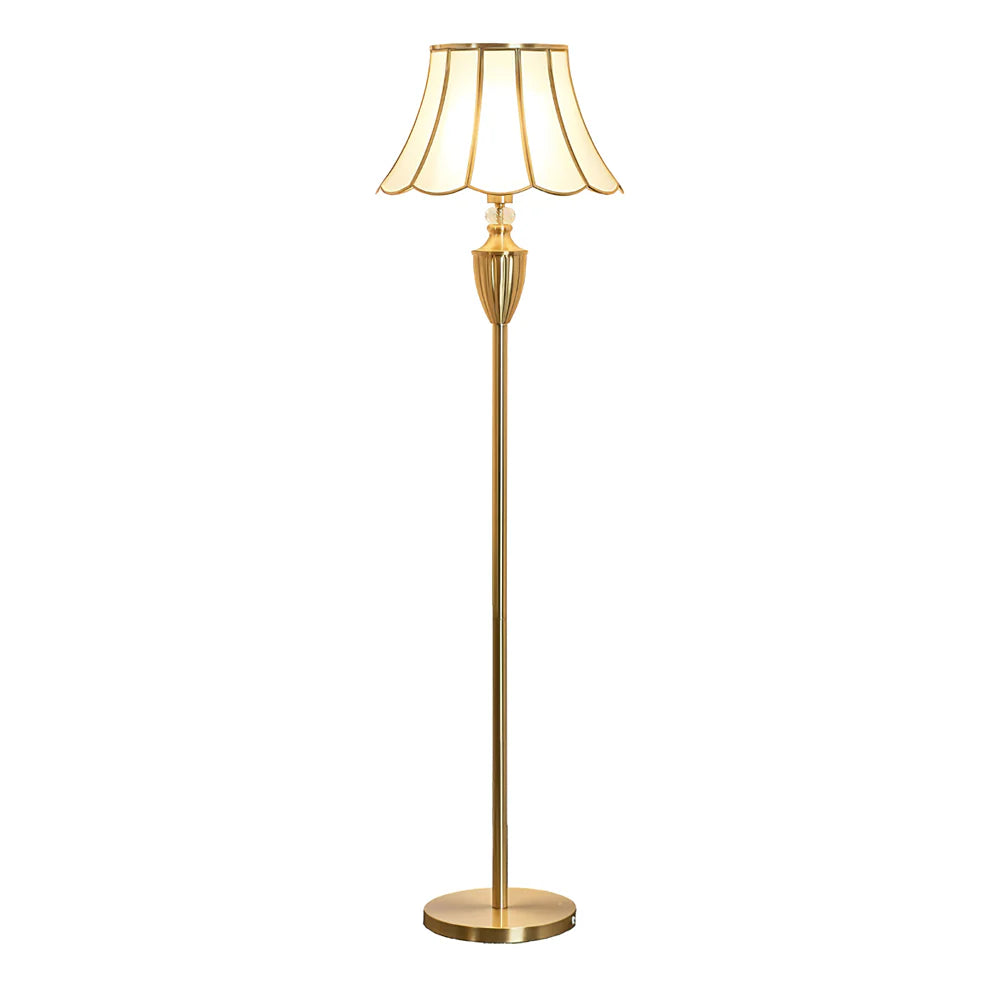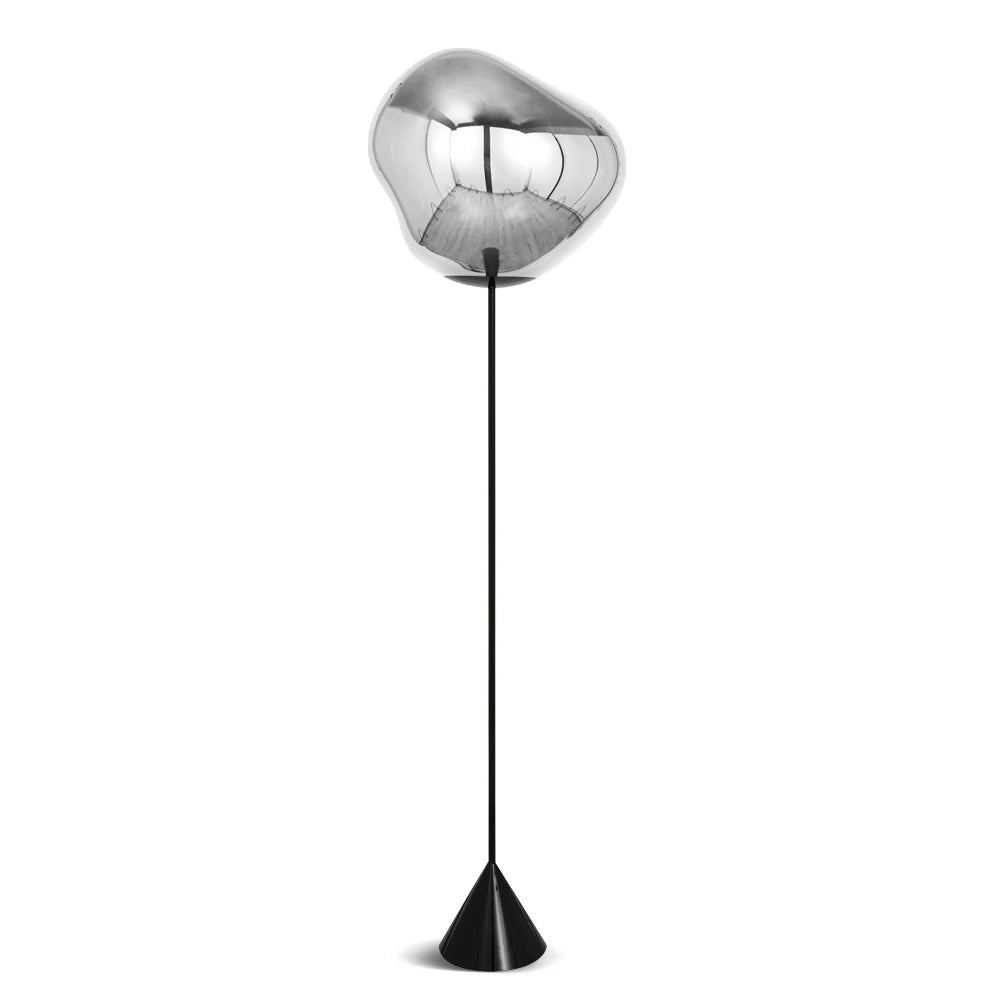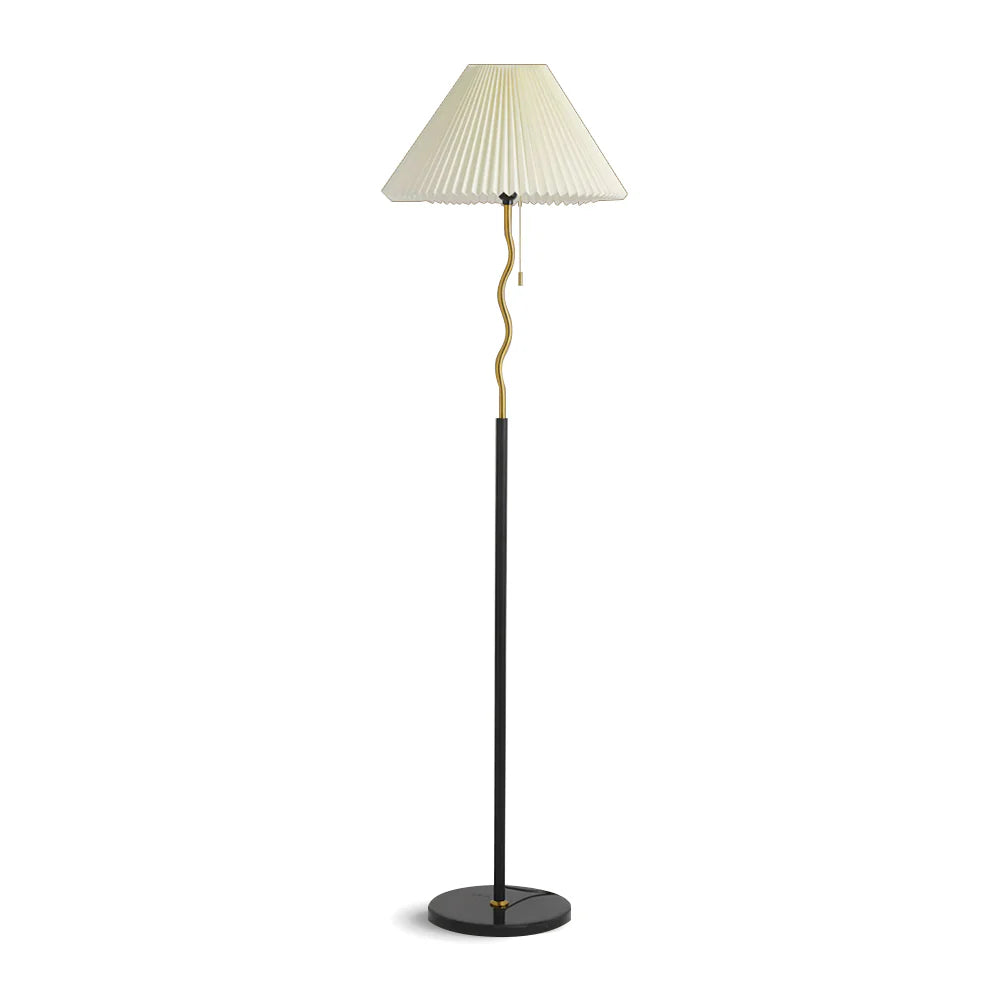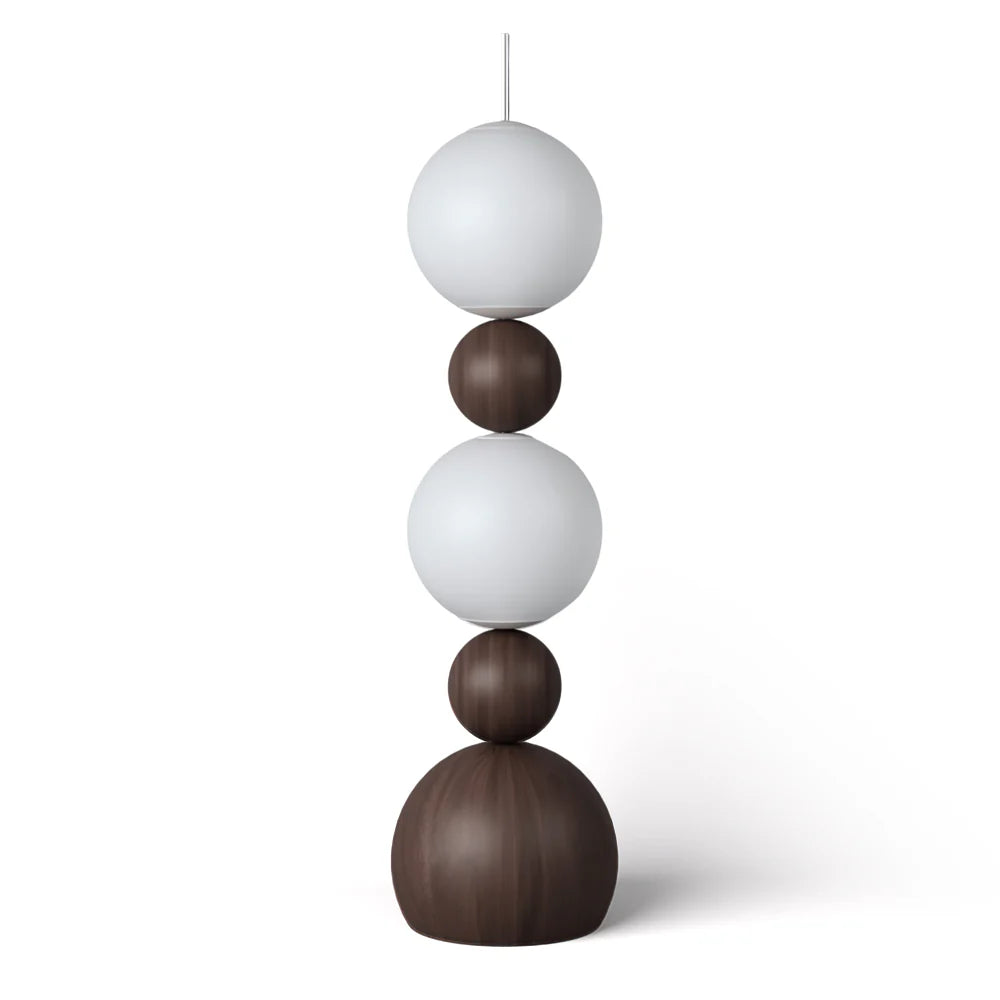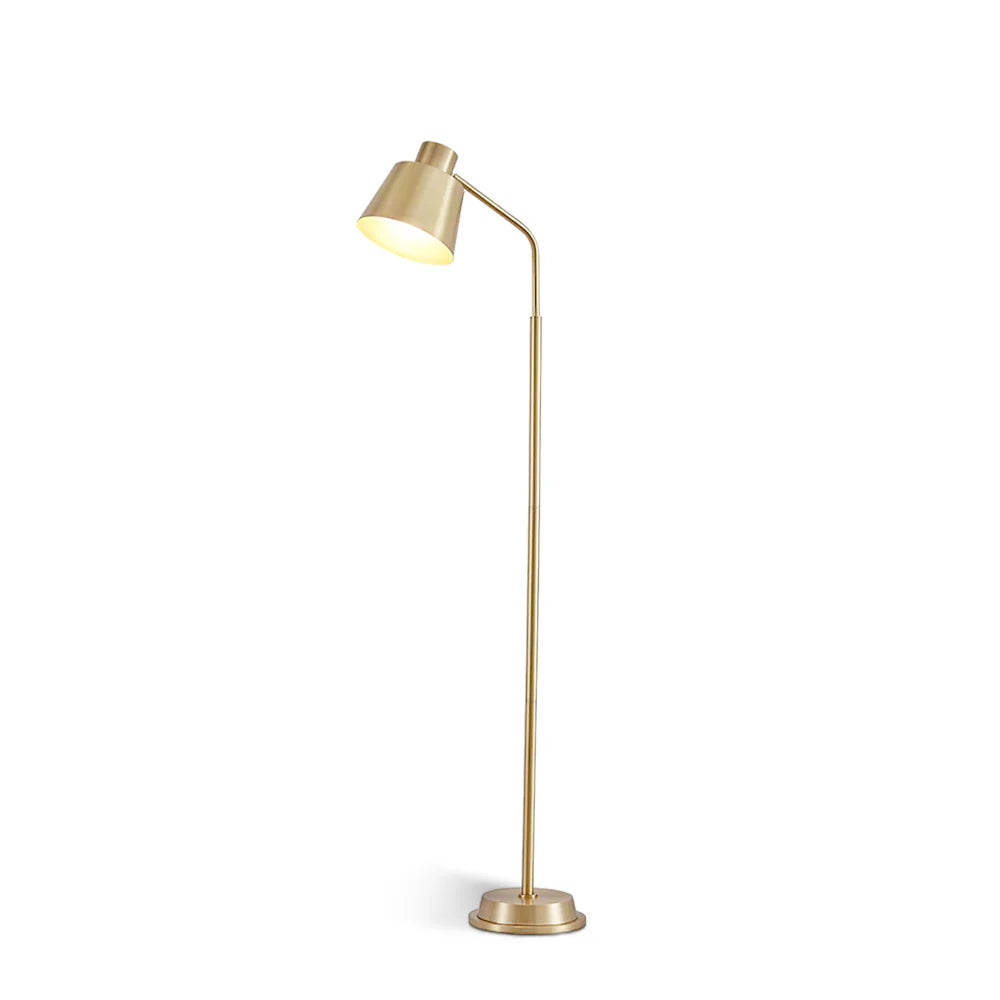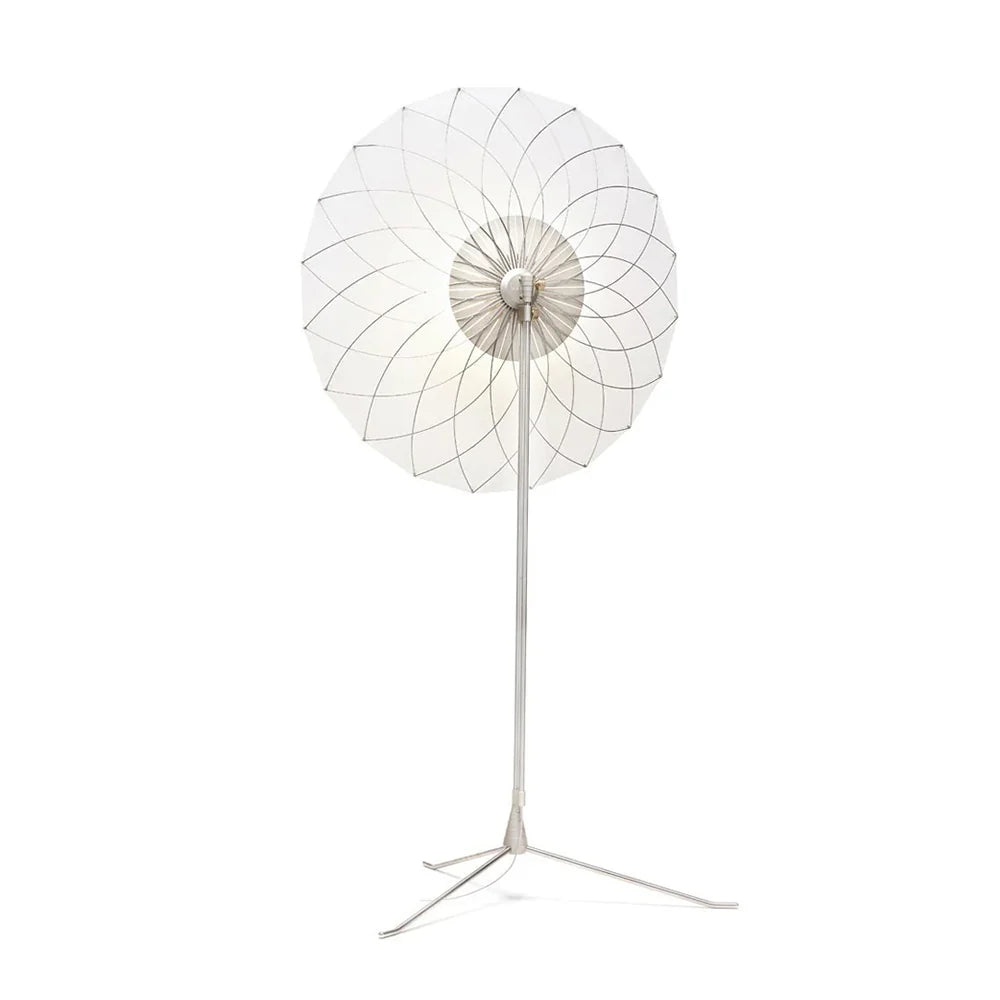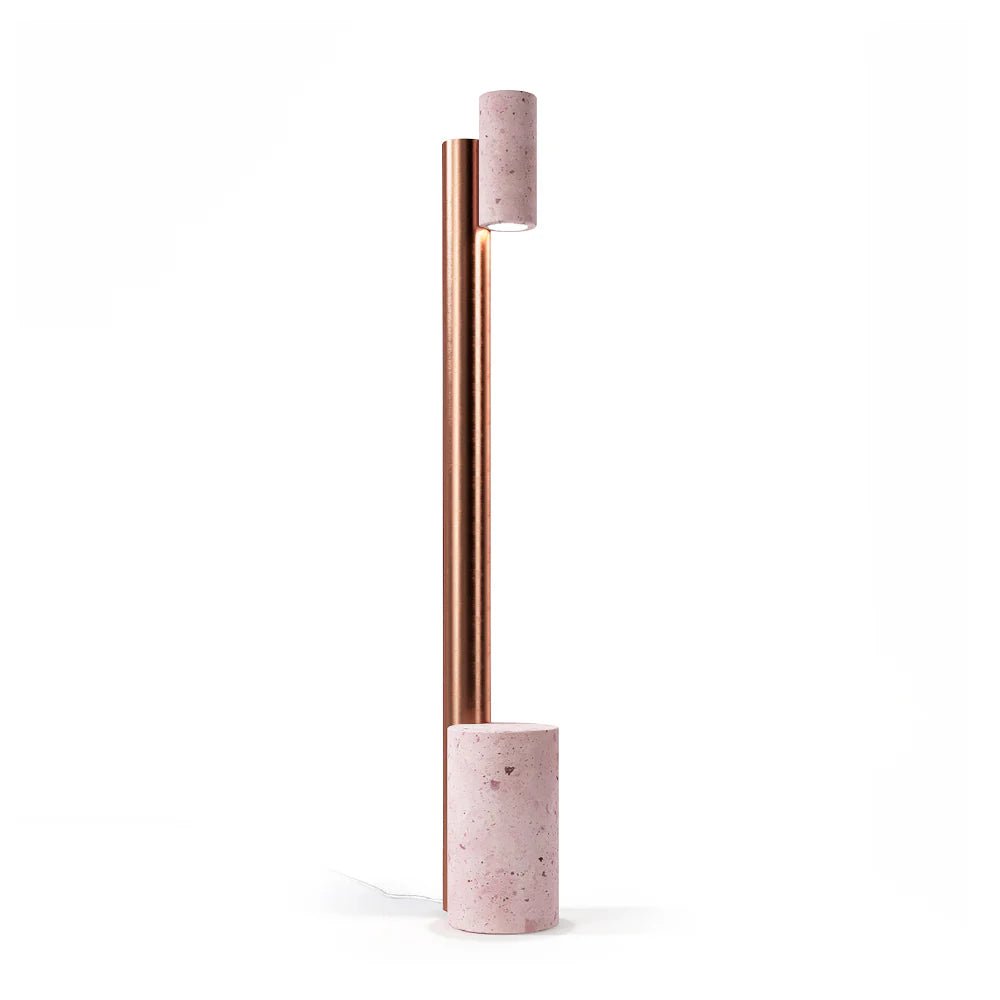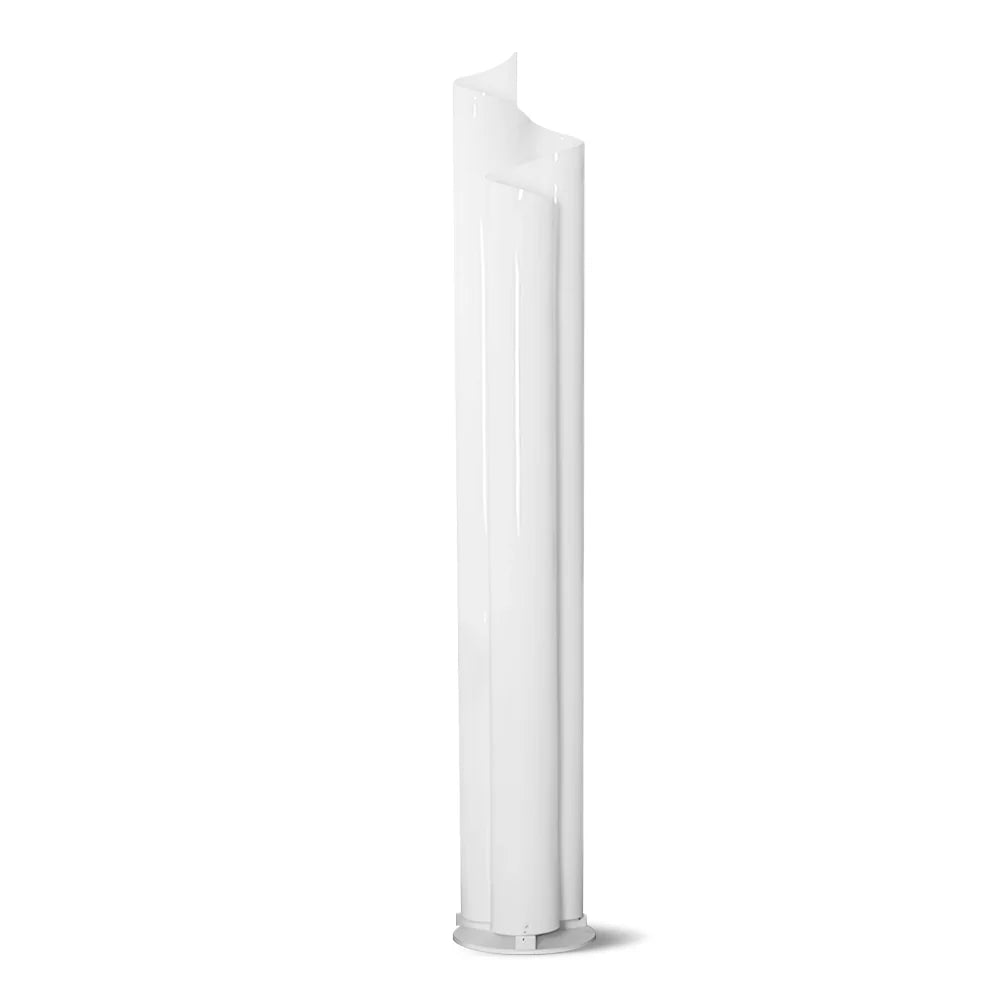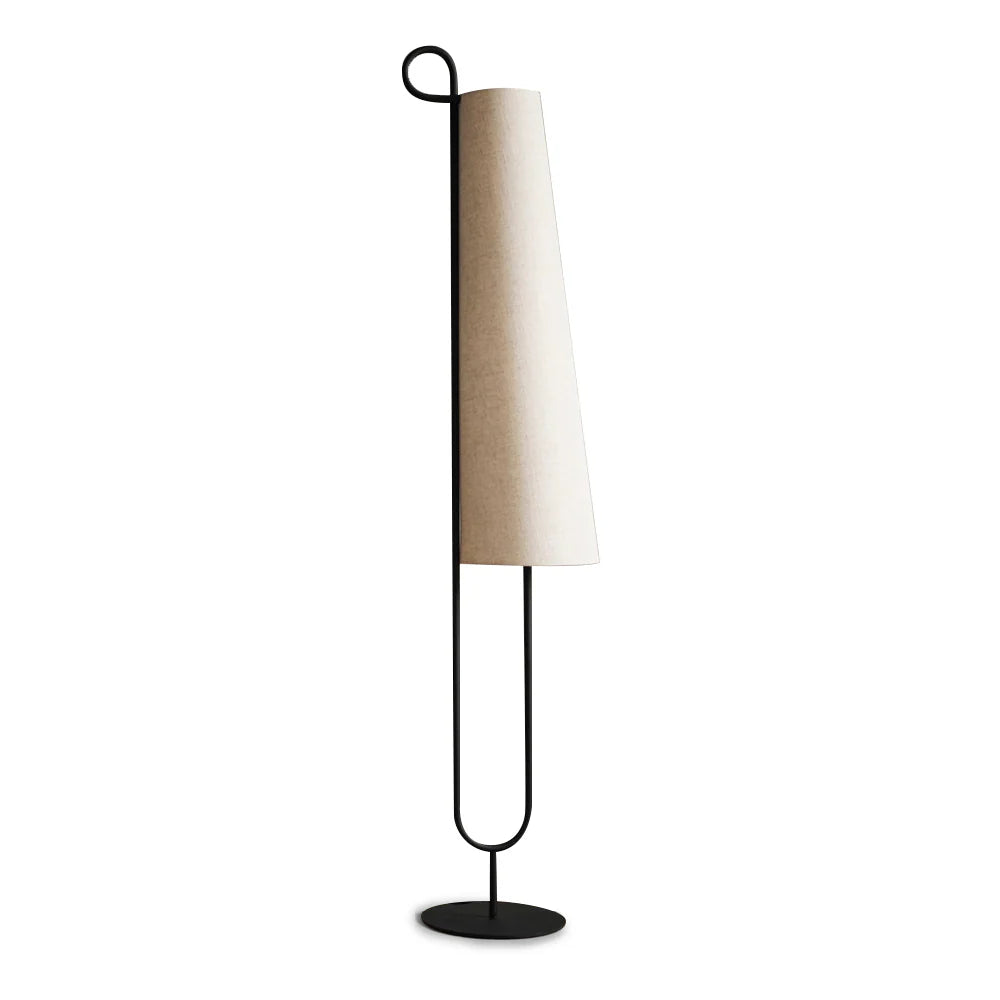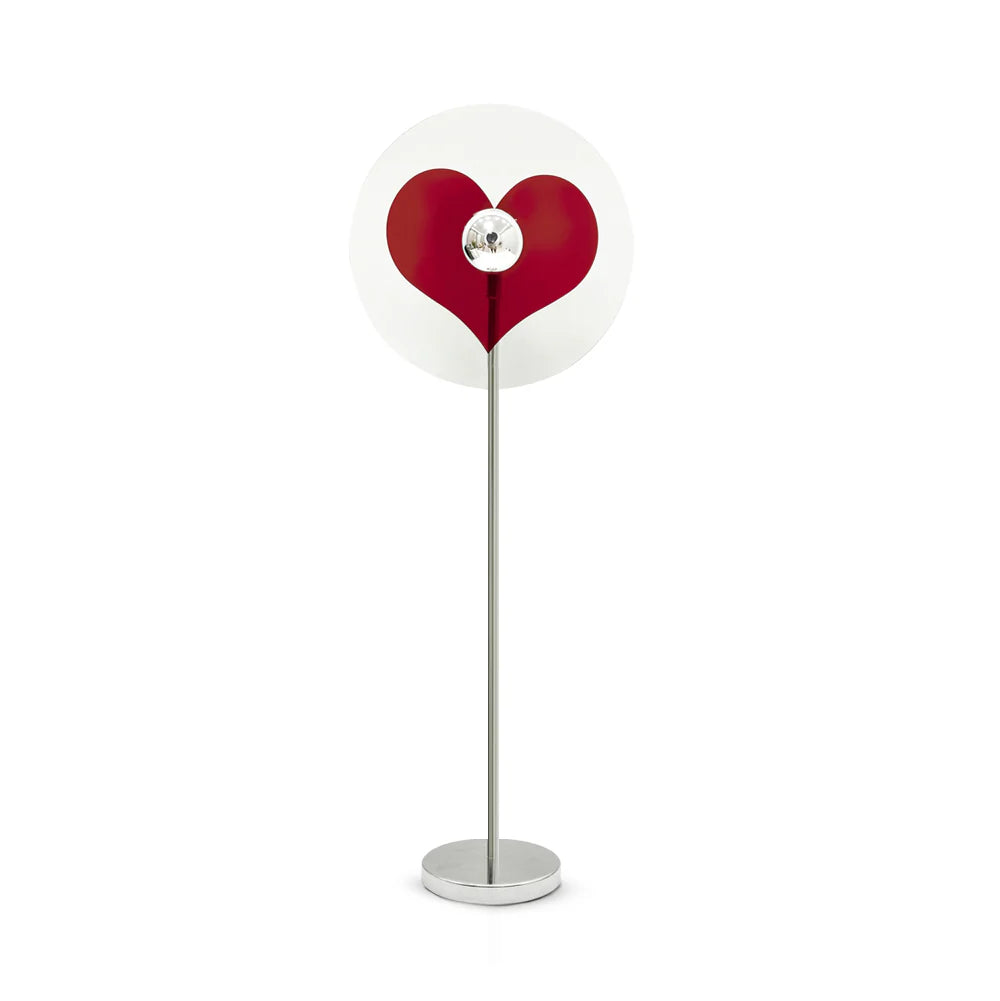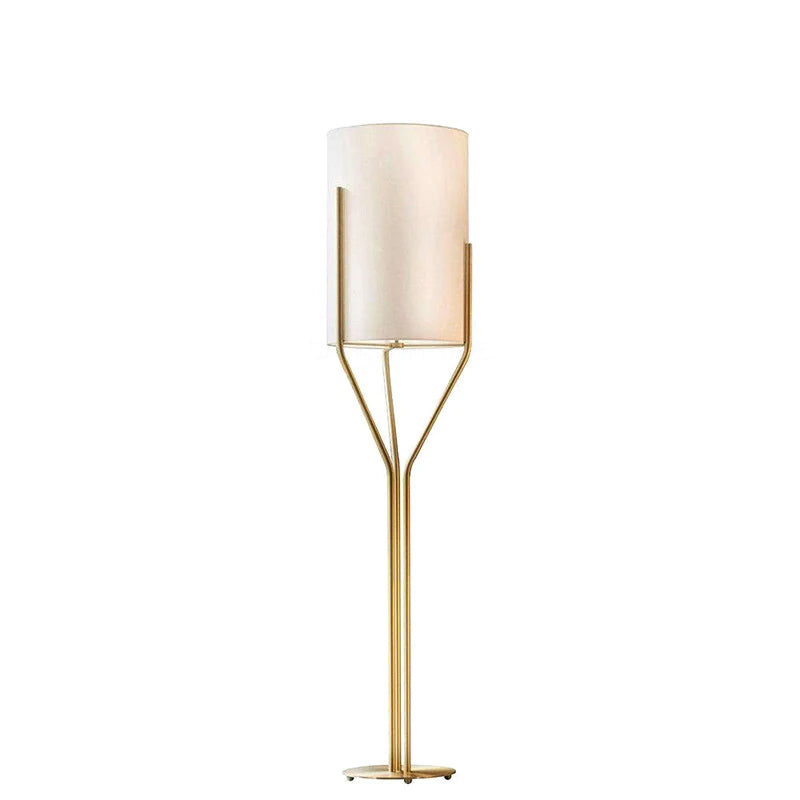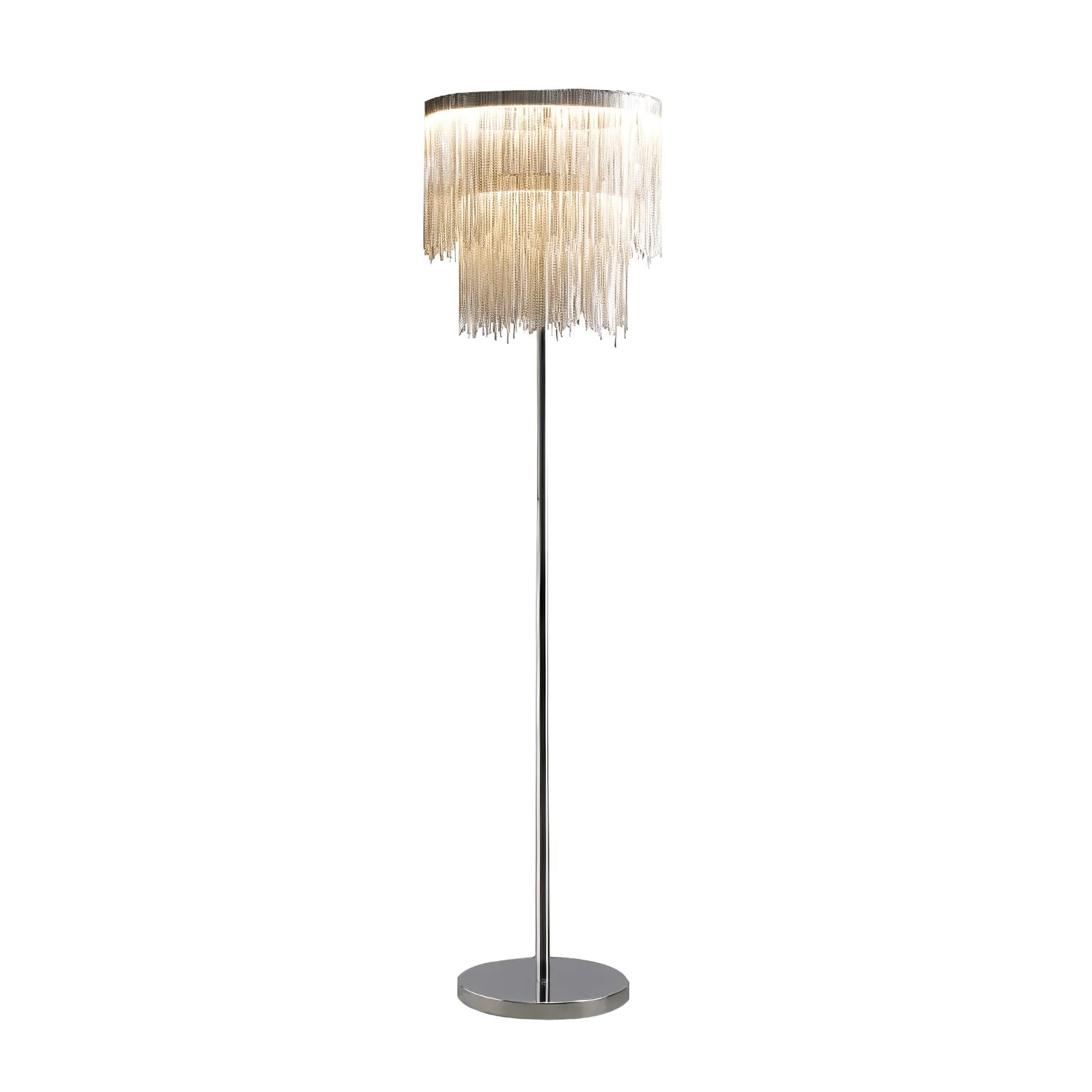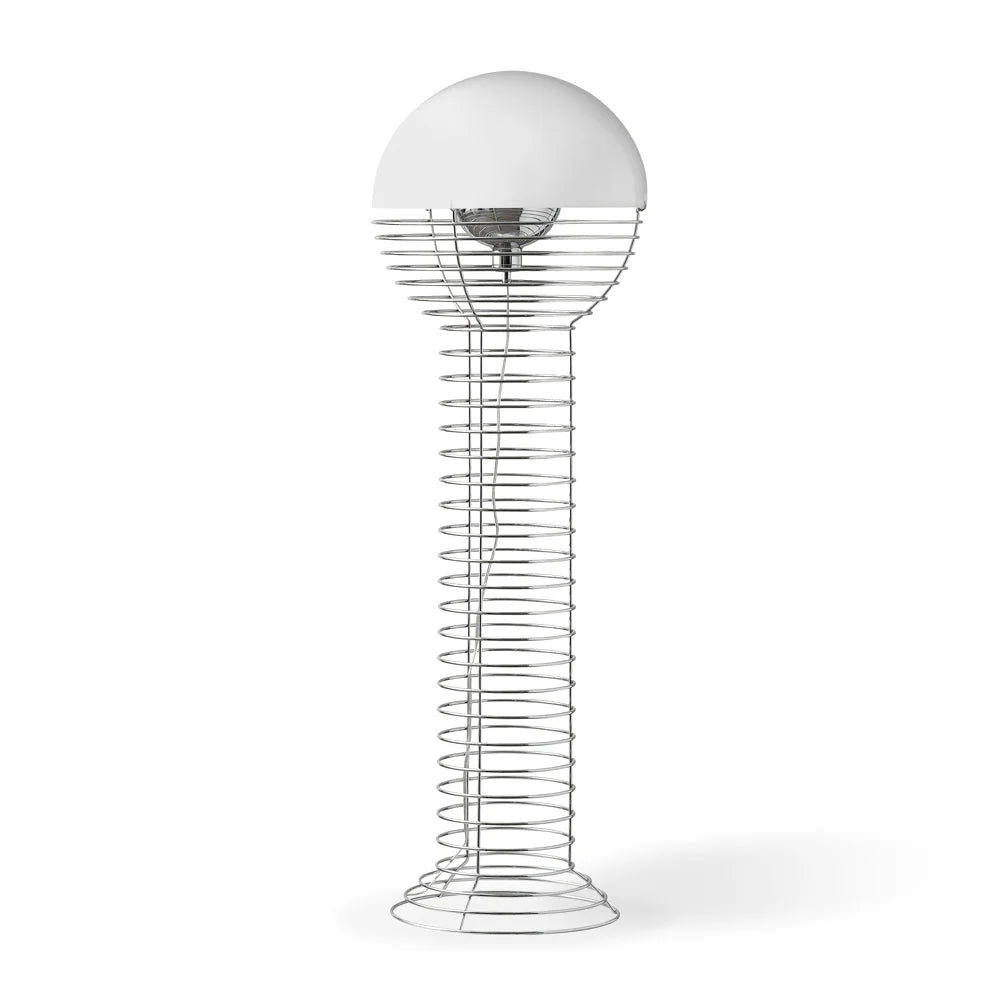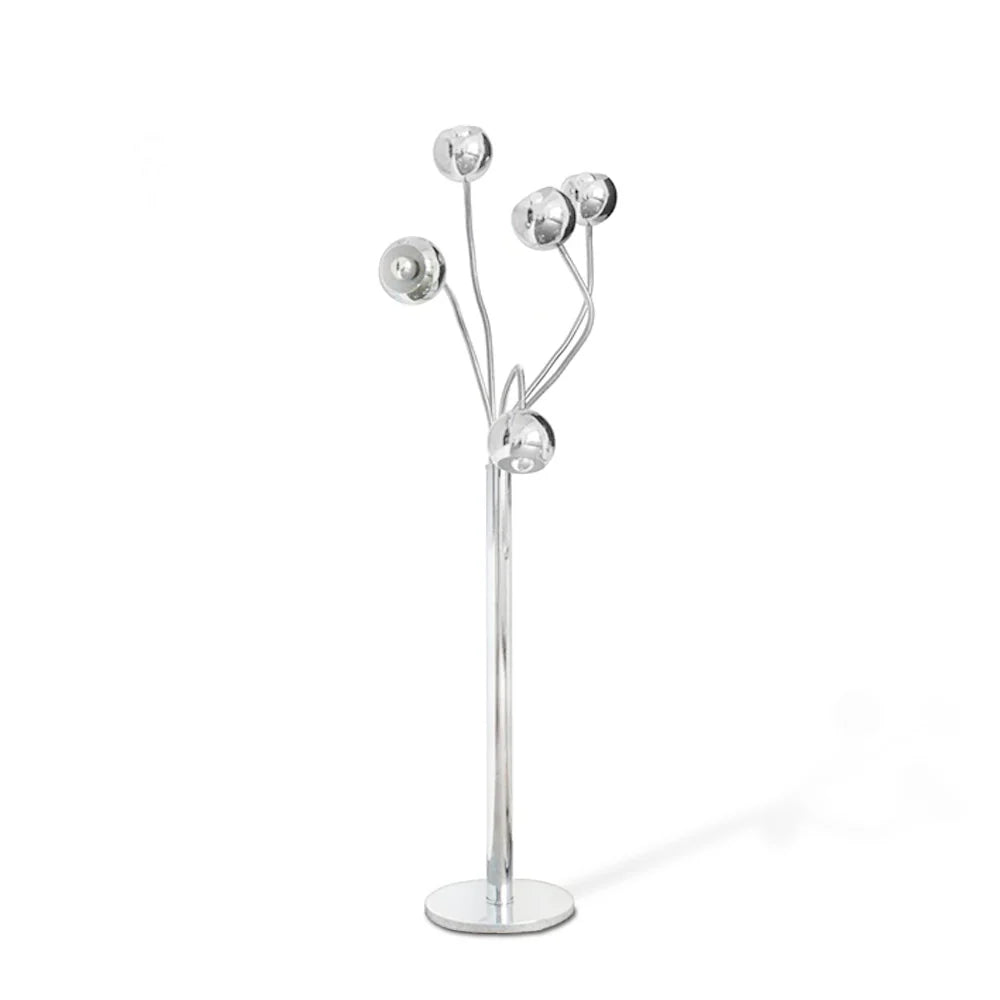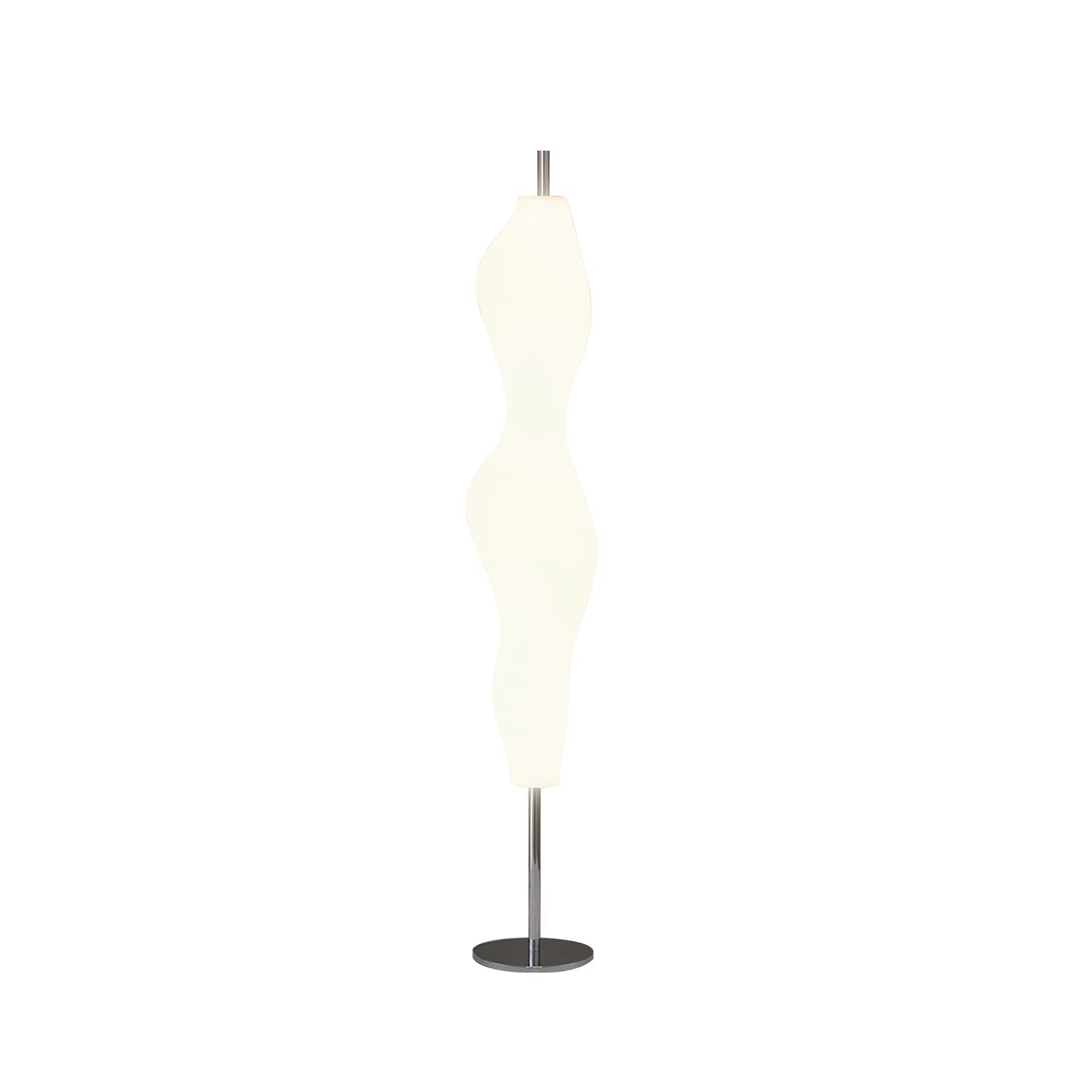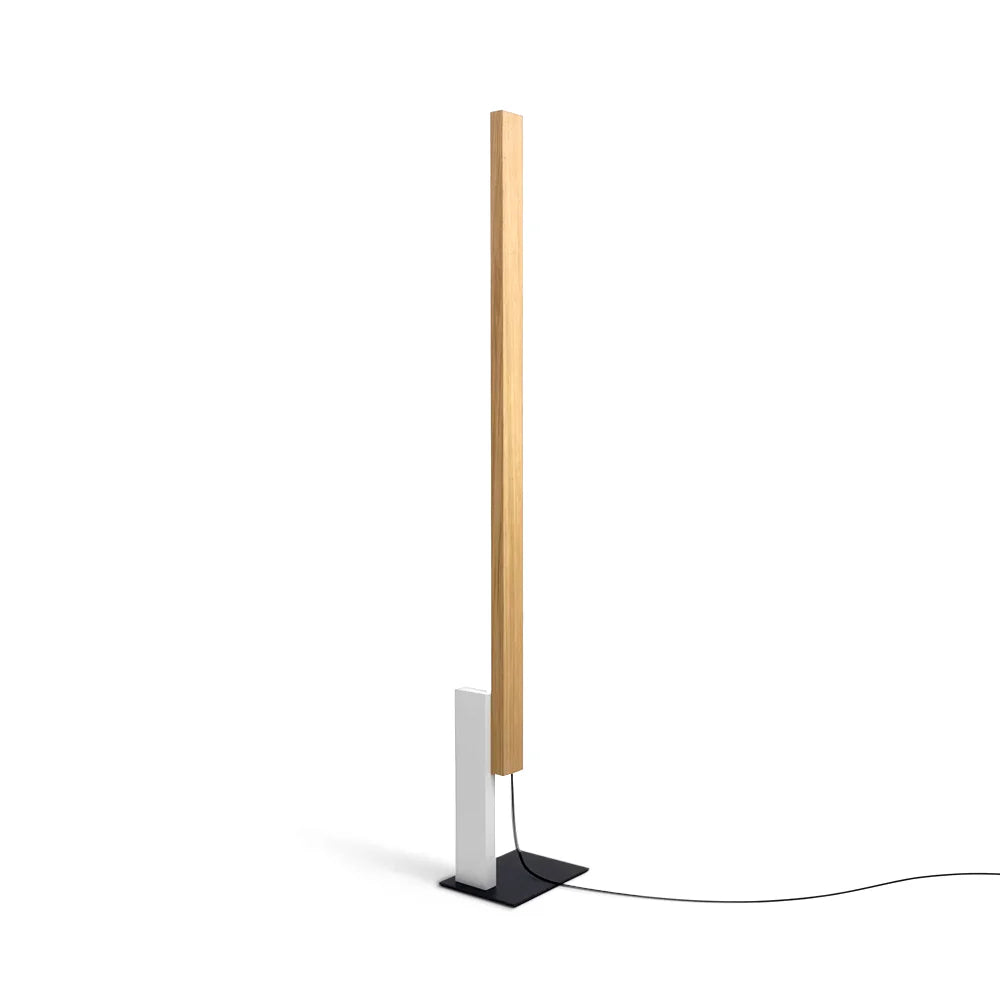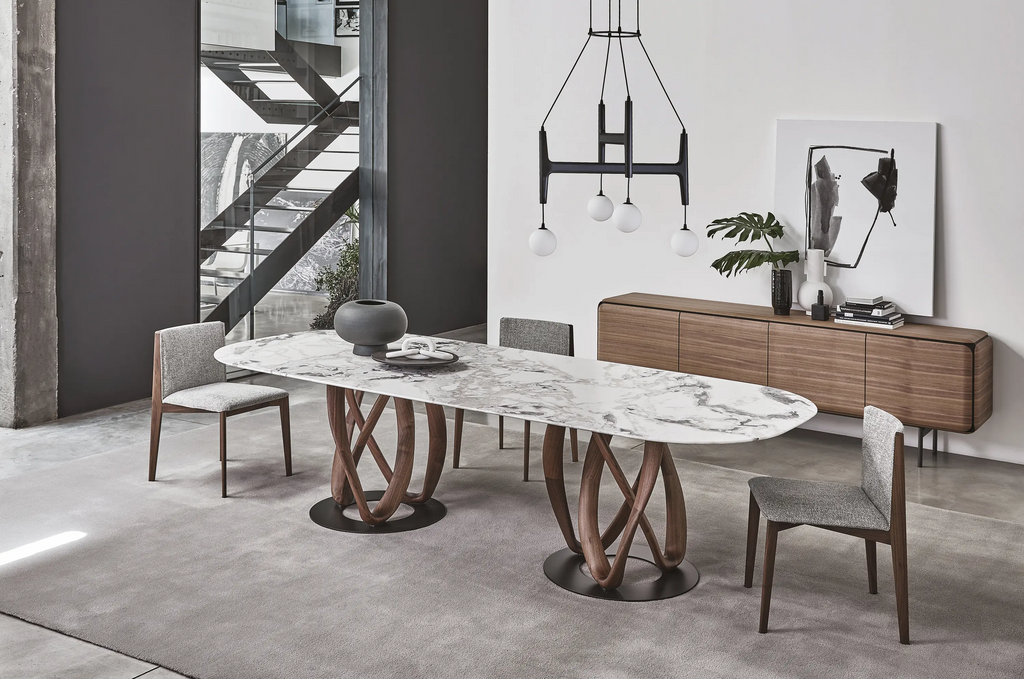
The Best Wood for Dining Table & How to Repair Scratches in Wood Furniture

Looking to invest in a timeless dining table or give your wood furniture a new lease on life? Understanding the best wood for dining tables and mastering wood table scratch repair sets you up for decades of warmth, elegance, and function in your dining room. Let’s explore your options and repair strategies so you can enjoy beautiful furniture for years to come.
Choosing the Best Wood for Dining Table
Your dining table reflects your home’s style and plays a central role in daily life. The best wood for a dining table balances aesthetics, strength, and durability—qualities essential for meals, work, and celebrations.
- Solid Hardwood: Woods like oak, maple, walnut, and cherry are premium choices. These dense hardwoods stand up to daily use and resist warping, providing a table that lasts generations.
- Oak: Known for its visible grain and hearty strength, oak delivers rustic charm and resists dents.
- Walnut: Walnut offers a deep, rich tone and refined look—perfect for modern or classic decor.
- Maple: With its smooth grain and light hue, maple fits contemporary and transitional spaces, plus it holds up well against wear.
- Cherry: Cherry wood’s warm color darkens elegantly over time, lending sophistication.
- Softwoods (Pine, Fir): While more budget-friendly, these are less durable than hardwoods but offer a rustic or farmhouse appeal.
When considering the best wood for dining table use, prioritize hardwoods if longevity and resale value matter most. For creative looks or lighter tables, softwoods are suitable—just be mindful of extra care.
Benefits of Solid Wood Dining Tables
Solid wood furniture stands out not just for its beauty but also its ability to withstand decades of use. The appeal includes:
- Longevity: Properly cared for, a hardwood dining table can last for generations.
- Repairability: Unlike veneer or laminate, solid wood is much easier to refinish or repair.
- Unique Character: No two pieces are the same, thanks to the distinct wood grain each tree provides.
- Sustainability: When sourced responsibly, hardwood furniture is a long-term, eco-friendly investment.
Enhancing Your Dining Area with Pendant Lighting
Your wood dining table deserves to be the centerpiece of the room. The right pendant lighting for dining room settings draws people in and highlights your table’s natural beauty.
- Style and Ambiance: Glass or metal pendants, clusters, or even classic chandeliers can complement various wood tones.
- Functionality: Adjustable pendant heights provide ideal illumination for meals, homework, or gatherings.
- Focal Point: Large statement pendants or multiple smaller lights can define the eating space and set a welcoming mood.
For the best results, center your pendant lighting over the table and choose bulbs with warm tones that enhance the wood’s grain.
Common Types of Scratches in Wood Furniture
No matter how careful you are, wood furniture eventually collects nicks, dings, and surface marks. Identifying the type of damage informs your approach to repair wood furniture effectively.
- Light Surface Scratches: These affect only the finish or uppermost wood layer. They’re common from sliding dishes or cleaning.
- Deeper Gouges: Caused by sharp objects or dropped items, these extend into the wood and may need filler.
- Water Rings and Heat Marks: Often appear as white spots caused by hot dishes or wet glasses.
Proper wood table scratch repair extends your furniture’s life and maintains its beauty.
Easy Wood Table Scratch Repair Methods
Want to restore that flawless finish? Here’s how to repair wood furniture with everyday tools and supplies. Most repairs are simple DIY projects you can tackle in an afternoon.
How to Repair Light Surface Scratches
- Clean the Area: Use a soft cloth and gentle wood cleaner to remove dirt or oils.
- Apply a Scratch Repair Marker: These come in colors matching various woods. Simply draw along the scratch and wipe away excess.
- Use Walnut or Almonds: Rubbing these over minor scratches can fill and conceal marks using natural oils and soft fibers.
- Polish with Wax: Buffing with furniture wax restores shine and provides a protective seal.
Fixing Deeper Scratches or Gouges
Larger scratches and dents require filling and finishing.
- Fill with Wood Putty: Match the putty to your table’s wood color. Press it into the gouge, smooth, and let dry.
- Sand Smooth: Gently sand the area with fine-grit sandpaper until flush with the surface.
- Touch Up with Stain: Apply wood stain or a touch-up marker to blend the repair with your tabletop.
- Seal: Add a thin coat of furniture wax or polyurethane for extra protection.
Treating Water Spots and Heat Marks
Water rings and white heat marks respond well to gentle heat and moisture removal.
- Place a dry cotton cloth over the spot and apply a warm iron (no steam) for 10-15 seconds. Lift and check—repeat if needed.
- If the mark persists, use a non-gel toothpaste and gently rub with a soft cloth, then buff out and polish.
Preventing Future Scratches & Damage
A few proactive habits protect your investment so your wood dining table looks stunning year after year:
- Use Placemats & Coasters: Prevent scratches and water damage from dishes and glasses.
- Avoid Direct Sunlight: Excess UV light can fade wood; use window coverings or rotate table position occasionally.
- Keep Surfaces Clean: Dust weekly with a microfiber cloth and use wood-safe cleaners for stickier messes.
- Add Felt Pads: Attach pads to the bottom of chair legs and serving dishes to reduce scraping.
When to Call a Professional
Some damage goes beyond simple scratches. If your table suffers deep cracks, structural issues, or valuable antique status, a skilled furniture restorer ensures repairs maintain both beauty and value. Professional refinishing can also transform a piece with multiple worn areas or outdated finishes.
Pairing Wood Furniture and Pendant Lighting for a Cohesive Look
Choosing the best wood for dining table use is just the start—creating a cohesive dining space involves coordinating other elements. The right pendant lighting for dining room decor can:
- Accentuate unique wood grain or color
- Define the space in open-concept layouts
- Complement your table’s style, from rustic farmhouse to urban chic
Select lighting fixtures that balance with your table’s proportions, amplify the natural texture of the wood, and integrate with your room’s color palette for seamless style.
Conclusion
A thoughtfully chosen wood dining table enriches your home, while simple care and wood table scratch repair steps keep it looking its best. Invest in quality materials, add the right pendant lighting for dining room warmth, and embrace both beauty and practicality in your furniture. For more tips on creating lasting spaces, explore our full guides to home design and maintenance.



